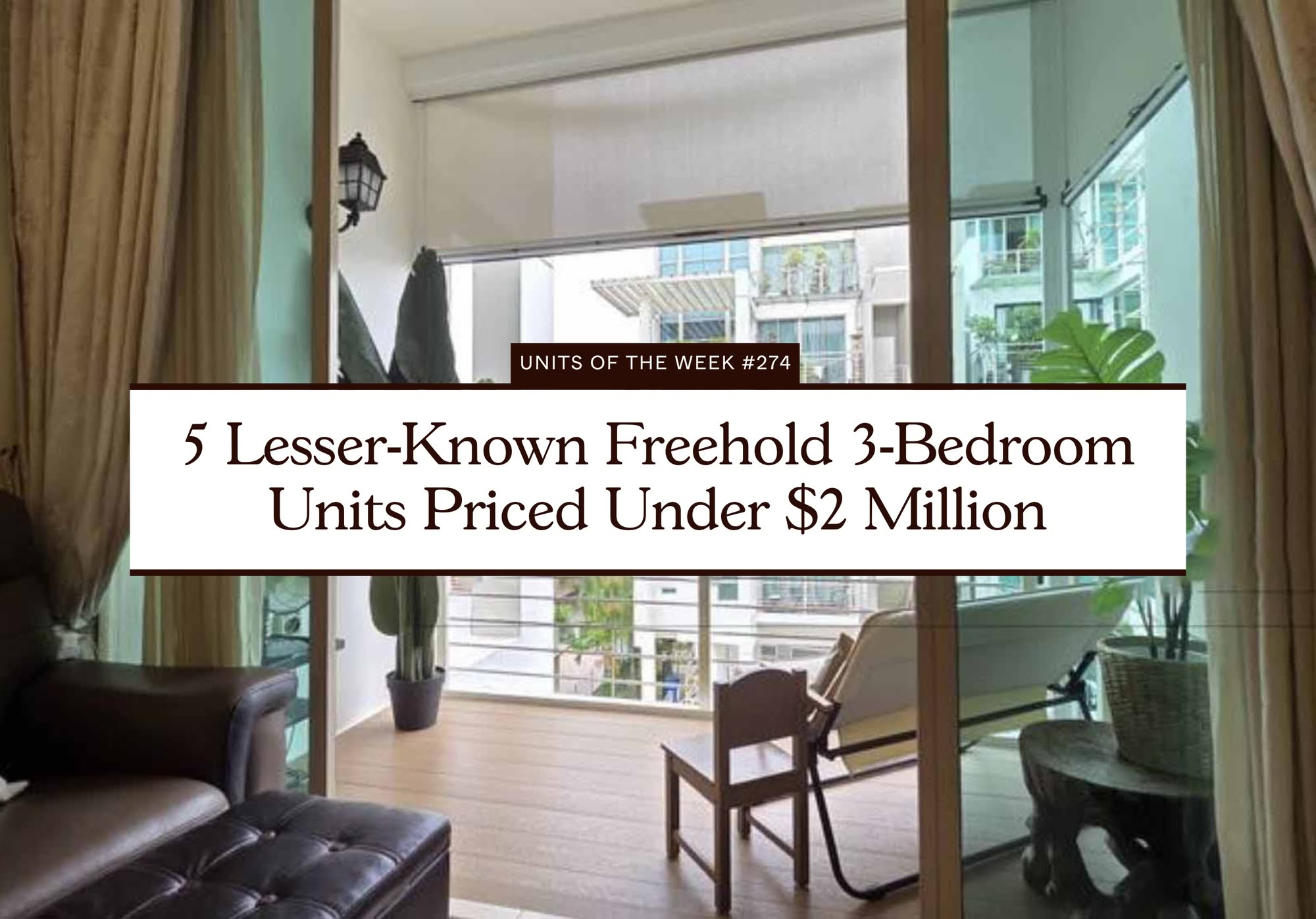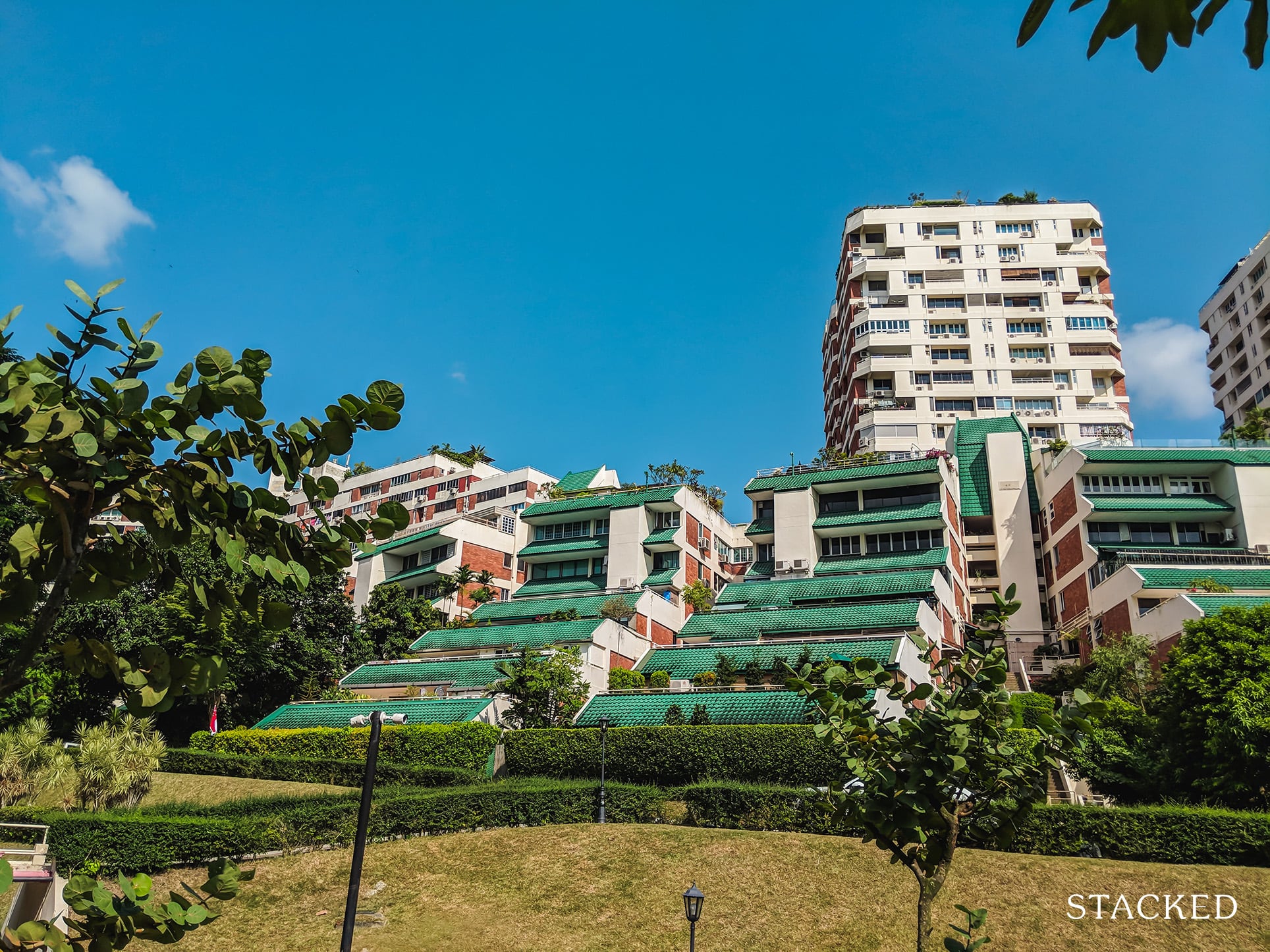10 Iconic Condos In Singapore’s History (And Present!)
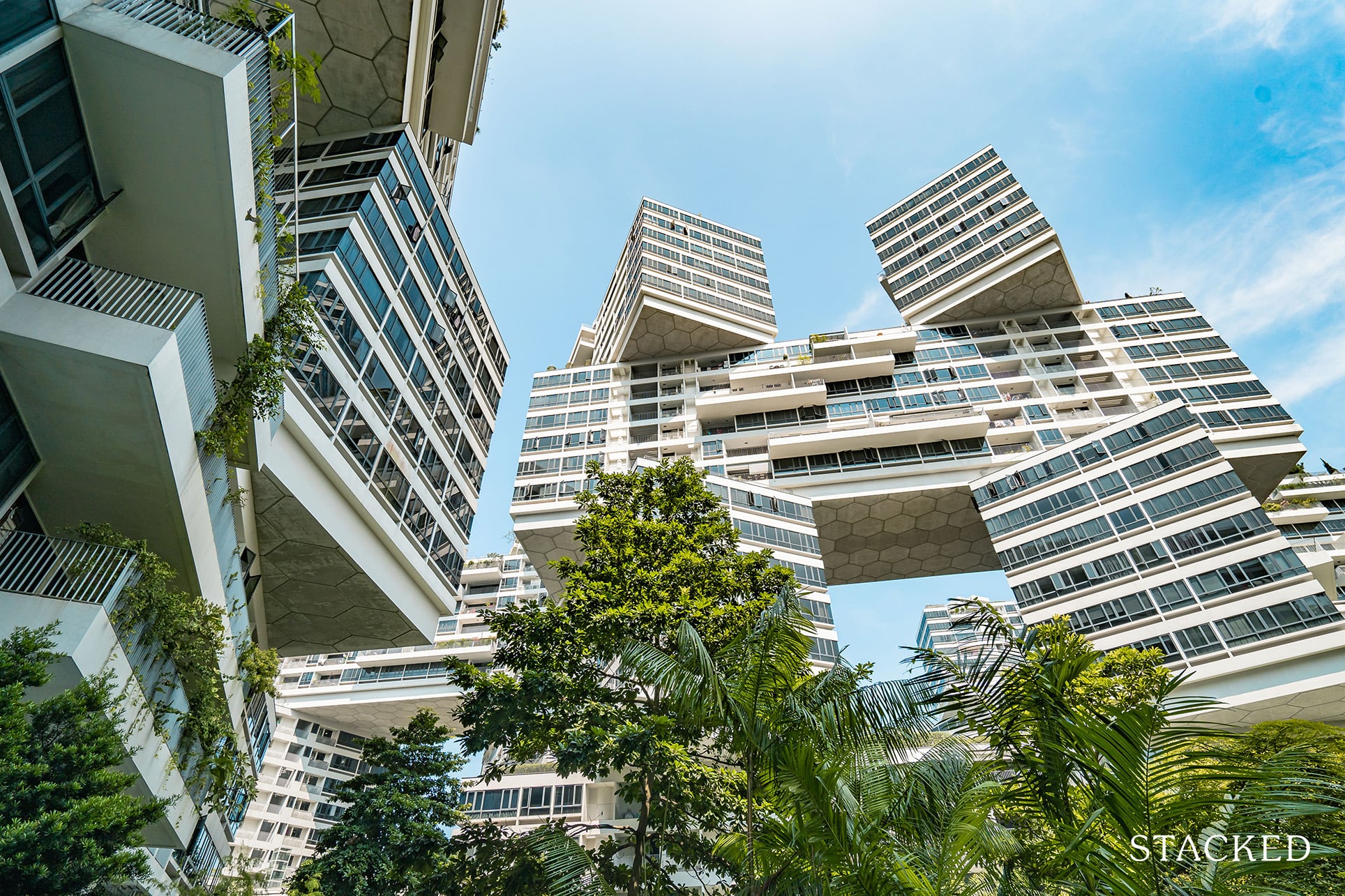
A seasoned content strategist with over 17 years in the real estate and financial journalism sectors, Ryan has built a reputation for transforming complex industry jargon into accessible knowledge. With a track record of writing and editing for leading financial platforms and publications, Ryan's expertise has been recognised across various media outlets. His role as a former content editor for 99.co and a co-host for CNA 938's Open House programme underscores his commitment to providing valuable insights into the property market.
With Singapore’s ever changing landscape, you see new buildings sprout up all the time. While many of the condos are increasingly generic looking, there are still some iconic gems (both from Singapore’s history and current day) that is worth knowing about. From old brutalist architecture, to green-filled structures and sleek modern looking buildings, here are some of Singapore’s most iconic residential developments.
Note: this isn’t an all-inclusive list!
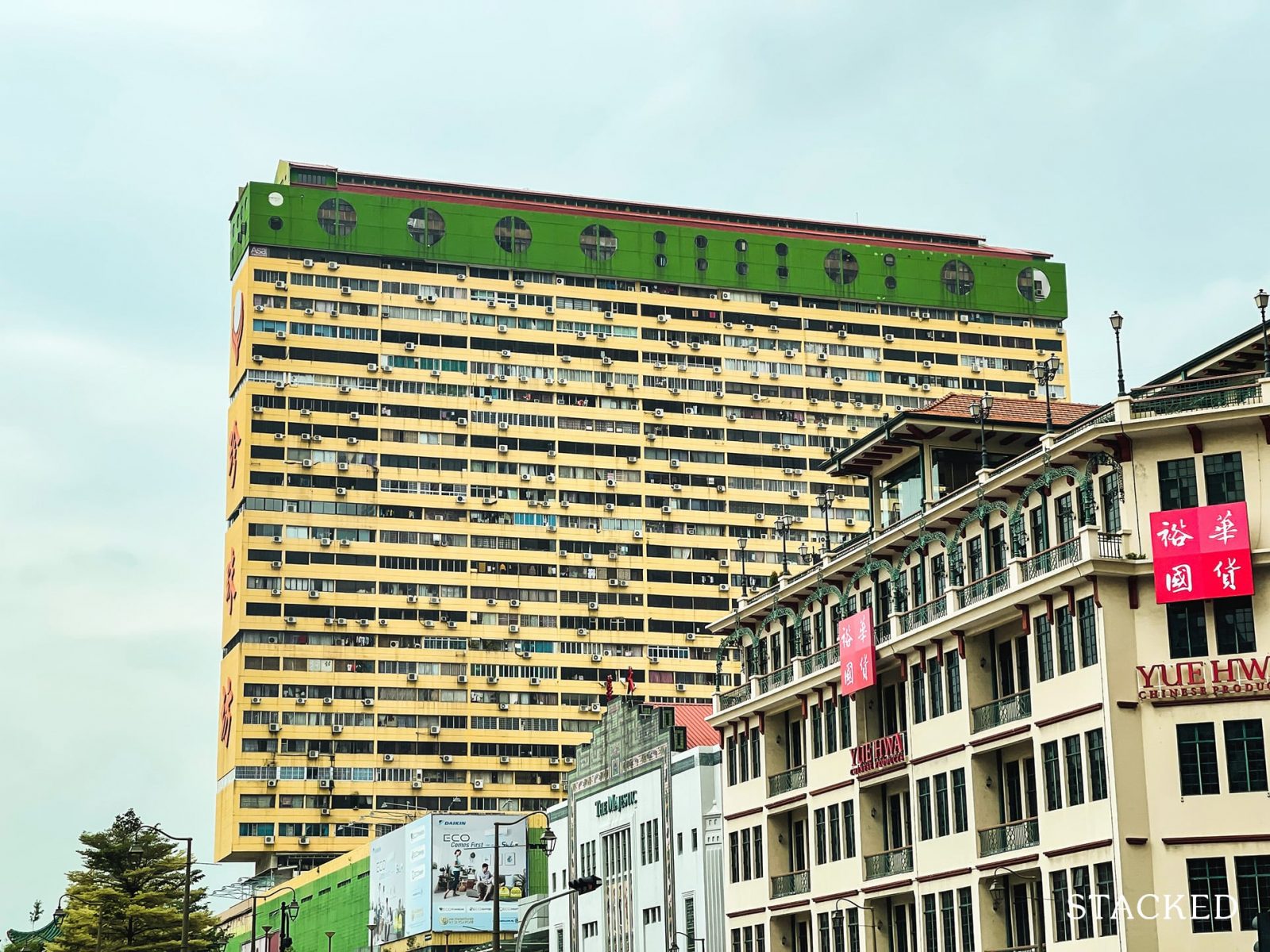
1. People’s Park Complex (1973)
People’s Park Complex was the first mixed-use development in the whole of South East Asia, and it may surprise you to learn the developer is none other than HDB.
This was an experimental “commercial housing project”, by the Urban Renewal Board that was part of HDB at the time. People’s Park Complex was also the first to incorporate a mall with an atrium; at the time, this was a mainly theoretical idea from Japanese architecture.
The residential portion was built around the concept of being “streets in the air”, and included communal spaces for residents. There was even a childcare facility.
Today, residential units at People’s Park Complex average just $966 psf. However, it has only 47 years left on its 99-year lease, which commenced in 1968.
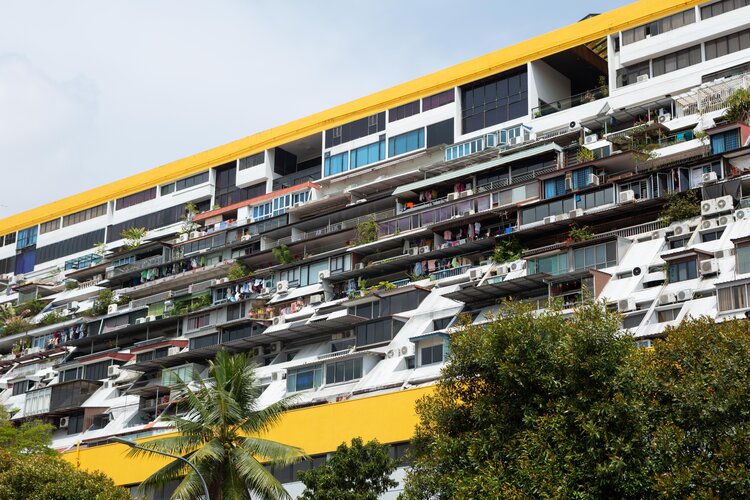
2. Golden Mile Complex (1974)
Golden Mile Complex was built by the same body behind People’s Park Complex (at the time, a division of HDB). At the time it was called Wah Hup Complex; and like People’s Park, it was one of the first “mixed-use” concepts that blended homes with offices and shops.
The development was best known for its “terraced” design, and for having an unobstructed sea view (today, the view has unfortunately gone away).
Today Golden Mile is sometimes referred to as “little Thailand”, due to its various Thai shops, restaurants, and related businesses. It’s also a common start-point for coach services into Malaysia and Thailand.
Prices here average $664 psf today, undoubtedly one of the cheapest in the Beach Road area. However, there are only 47 years left on the building’s lease.
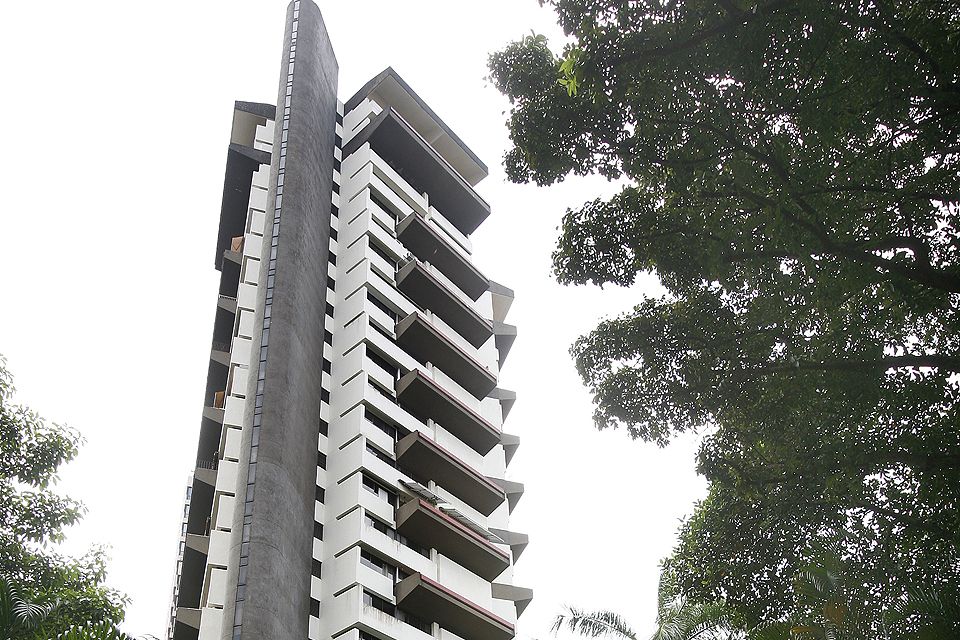
3. Beverly Mai (1974)
Beverly Mai was Singapore’s very first condo, built by local architect Timothy Seow. Before Beverly Mai, the housing marketed consisted of just HDB flats and landed homes. Condos were introduced as an in-between.
Beverly Mai established the condo concept as we know it: a residential project with common facilities like a pool, gym, clubhouse, etc.
It’s believed that prices ranged from $141,000 to $162,000 in the 1970’s, and it consisted of only 48 maisonettes (double-storey units). Beverly Mai lasted until 2006, when it was bought in an en-bloc sale for $238 million.
Today, it has been replaced by Tomlinson Heights; its prestigious District 10 address commanding an average price of $3,268 psf.
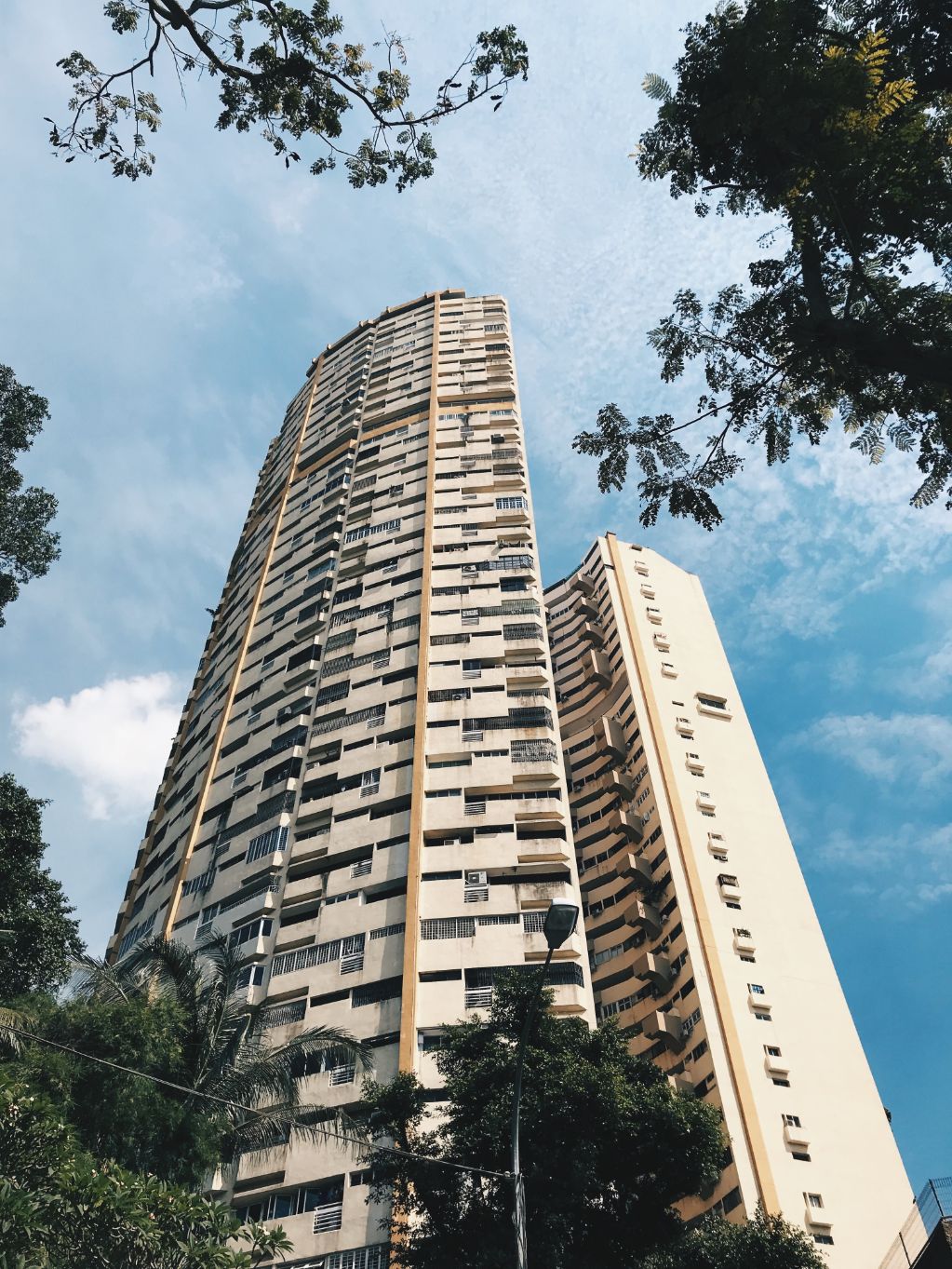
4. Pearl Bank Apartment (1976)
Pearl Bank Apartment was one of the most recognizable buildings in Singapore. Designed by local architect Tan Cheng Siong, it was the tallest residential building in the whole of Southeast Asia(41-storeys).
Despite its sheer size, Pearl Bank Apartment consisted of just 288 units. While a low unit count by today’s standards, this was actually the highest urban density in a building for its day (around 2,000 residents).
In another interesting twist, Pearl Bank Apartment became the only ever “partial HUDC” development. This was because HUDC purchased just 38 of the units.
Pearl Bank Apartment was in poor repair from the late 1990’s however; and while it looked good from afar, cracking paint and leaks were common.
When CapitaLand bought Pearl Bank Apartment in February 2018, the building was digitally documented for preservation (3-D views and virtual tours are still possible). A final Instagram initiative was also held, to try and memorialise it on social media.
Today, Pearl Bank Apartment has been replaced by One Pearl Bank, which mirrors the circular structure of the original. With its location so close to Chinatown and the CBD, average prices are at $2,437 psf.
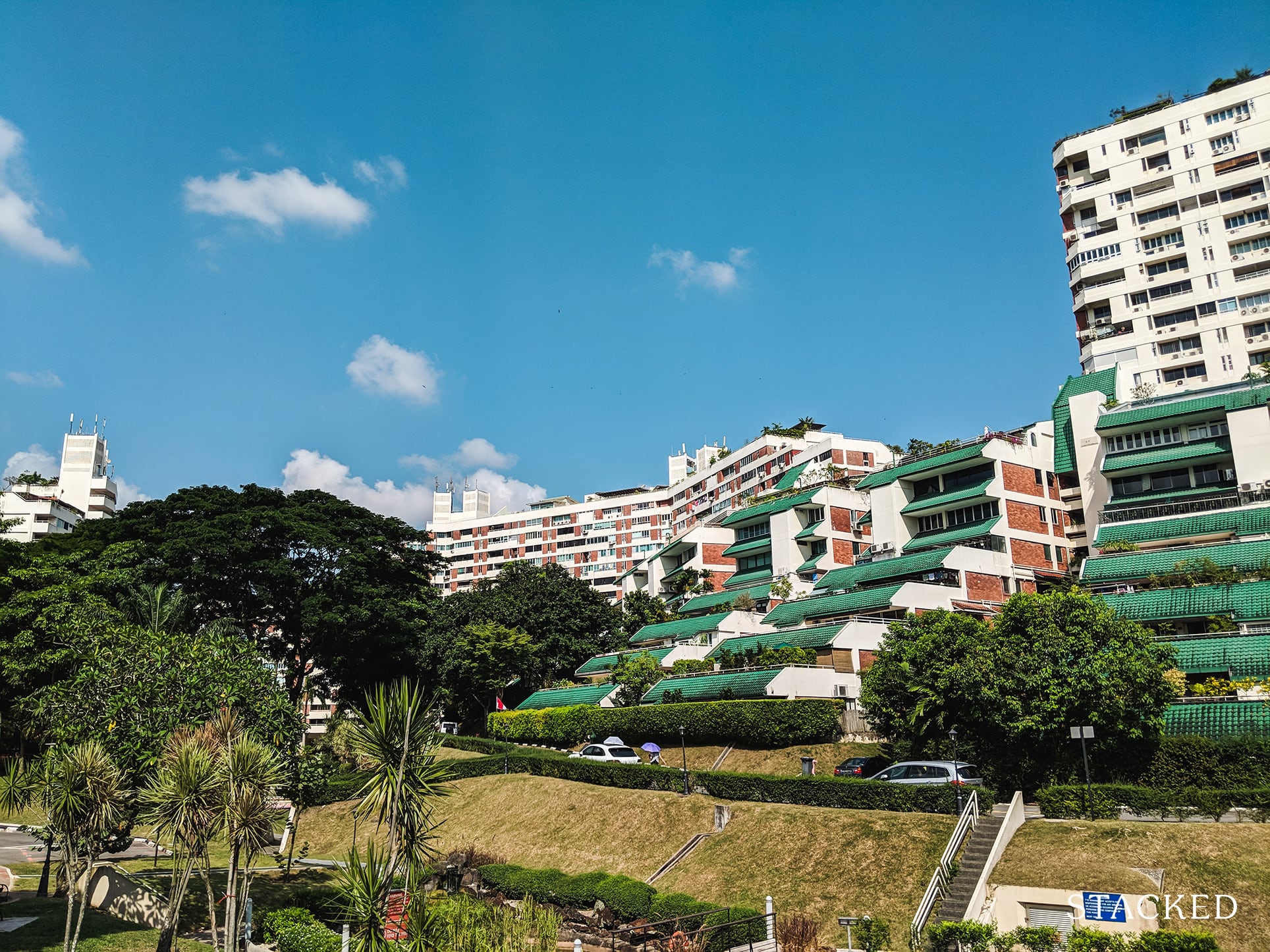
5. Pandan Valley (1977)
While Beverly Mai was the first condo, Pandan Valley was the first condominium complex or “condo housing estate”. It spans over 871,876 sq. ft., and has 605 units – considered average today, but huge in the 70’s.
This is the first development to incorporate shops, education centres, and other amenities similar to public housing.
Pandan Valley was also a way to push for wider acceptance of condos. On 21st November 1977, The Business Times reported the developer, DBS, even said the average price of $78 psf would drive down other condo rates, forcing competitiveness.
Pandan Valley was designed by architect Tan Cheng Siong, who is also behind many other projects on this list.
More from Stacked
5 Cheapest & Biggest 5-Room HDB Flats Above 1,350 Sqft From $550k
Supply of HDB flats has been at an all-time high in 2023, with more than 23,000 BTO flats launched across…
We have a full review of Pandan Valley on Stacked, as it stands today. Prices average $1,233 psf, defying age with its freehold status.
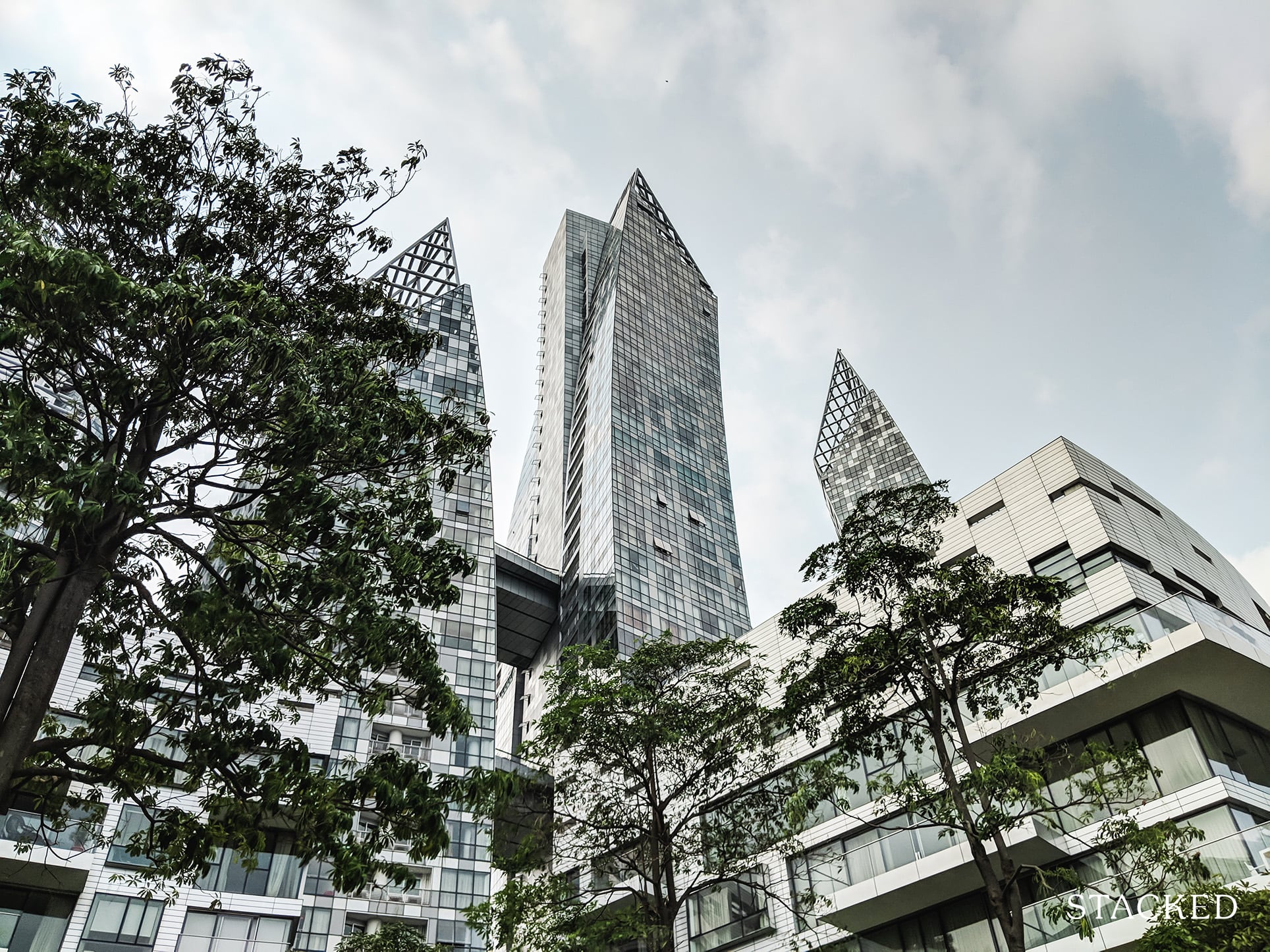
6. Reflections at Keppel Bay (2011)
This mega-development was designed by Daniel Libeskind, who was also behind the World Trade Centre Memorial in New York.
The six residential towers alternate between 24 and 41-storeys. The height differences, along with gaps between the towers, maximise the view of each unit; residents have commanding views of Sentosa, Mount Faber, and the Waterfront.
As an interesting twist, no two units that are side-by-side are exactly identical; and each floor will be slightly different due to the curvature of the towers. This is to remove the homogenous, “cookie-cutter” nature of high-density developments.
Reflections at Keppel Bay currently sees prices of about $1,639 psf.
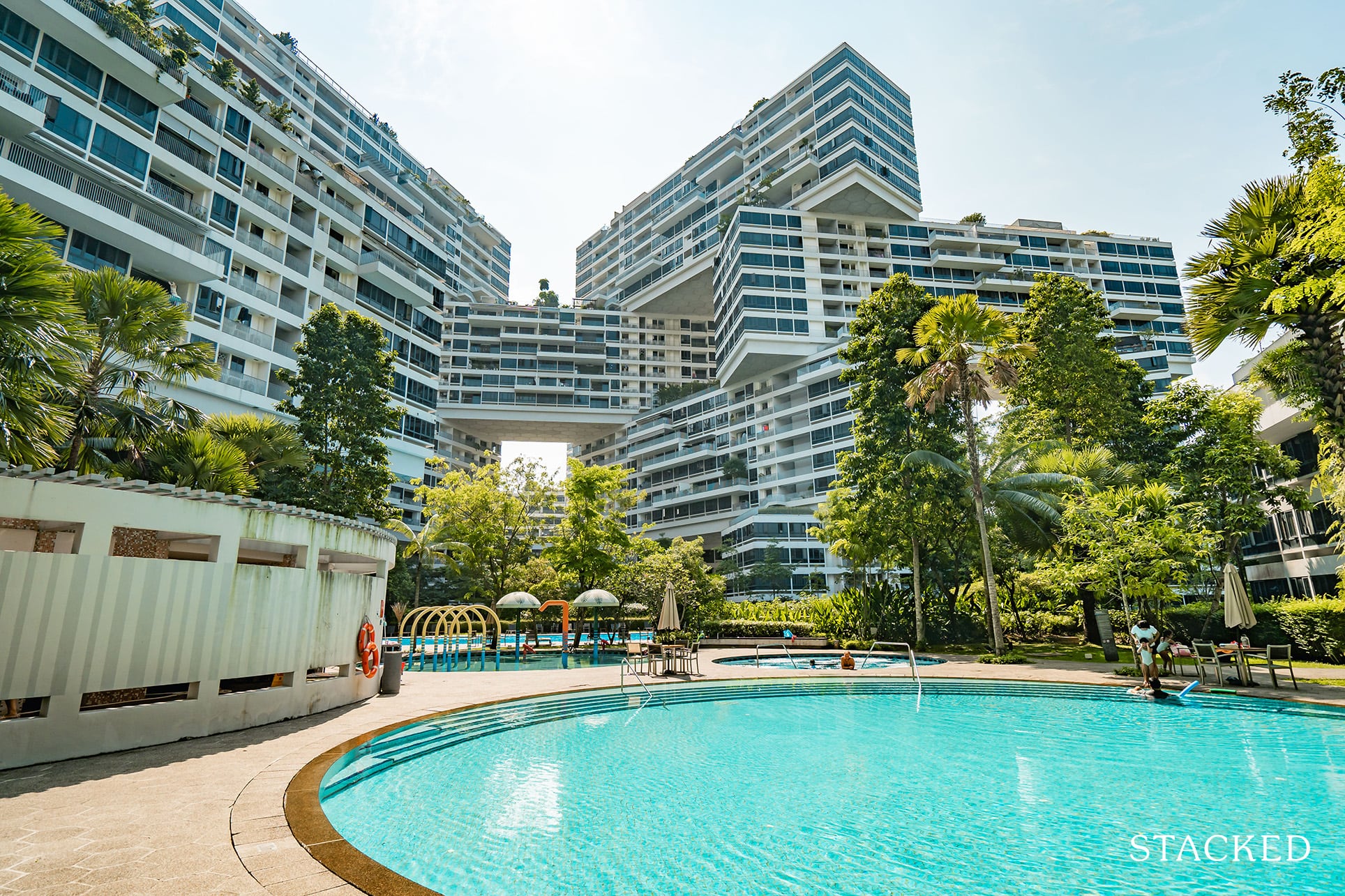
7. The Interlace (2013)
Internationally, The Interlace is one of the most recognised buildings next to Marina Bay Sands. It was designed by architect Ole Scheeren. It was recognised as World Building of the Year 2015, and has been praised for redefining the concept of dense urban living.
Rather than stack up all the units in a few tall towers, The Interlace spreads itself out across 31 blocks. Common facilities and meeting spots are more easily interspersed among residents this way, as opposed to, say, a single skyscraper. This allows for a communal or “village living” feel.
Another clever bonus is the creation of “wind tunnels”, between the various blocks. This helps to naturally cool the area; essential in the Singapore heat.
We have a full review of The Interlace on Stacked. Current prices here are around $1,252 psf.
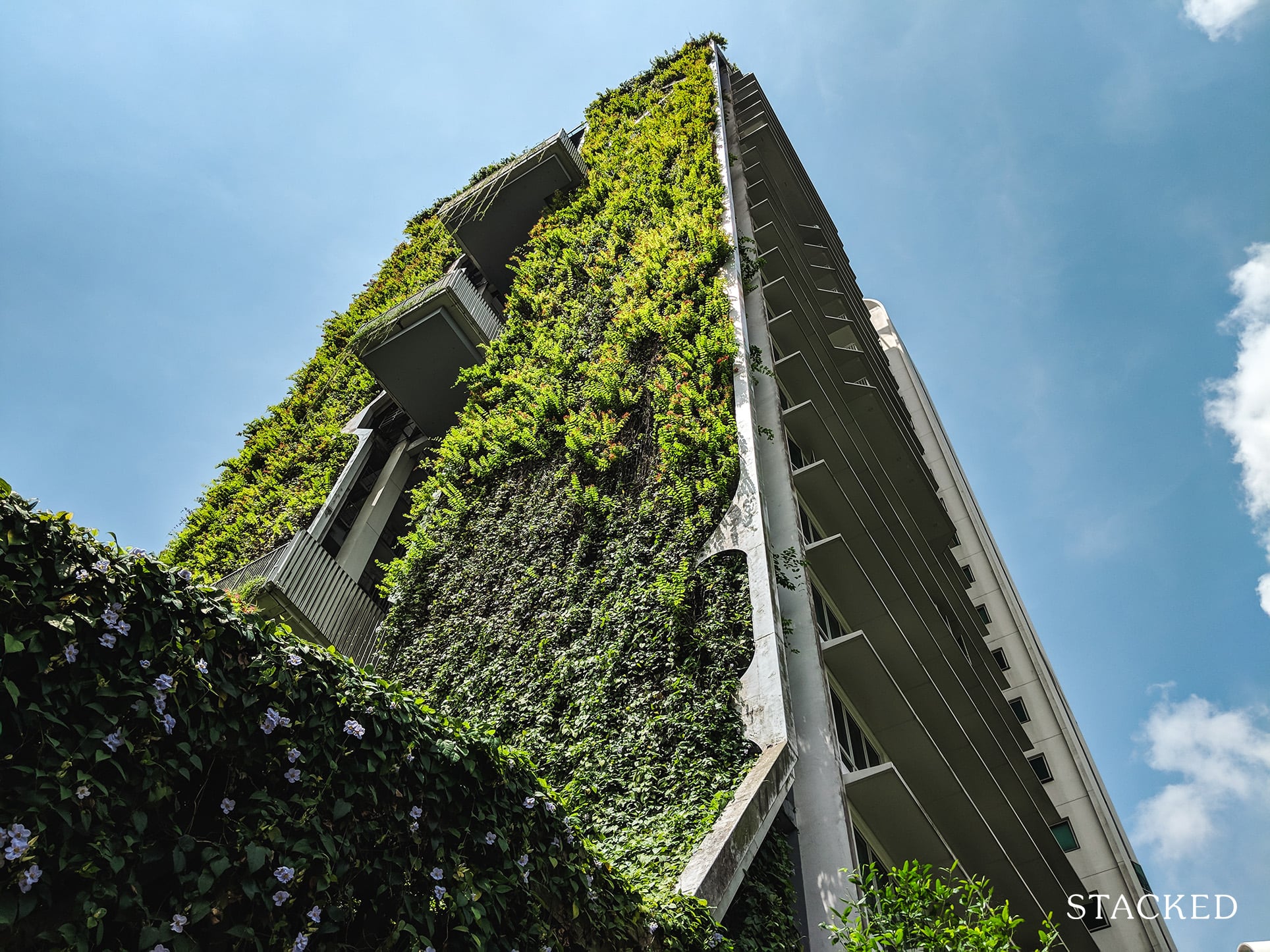
8. Tree House (2013)
Designed by local firm ADDP, Tree House made the Guinness World Record in 2014. This was for having the largest vertical garden in the world.
The total amount of greenery on the façade – which reaches 24 storeys – is over 23,680 sq. ft. This is sufficient plant life to insulate the building, absorbing heat and reducing the power consumed by air-conditioning.
The entire project is focused on sustainability. Stairwells use motion-sensors, so they don’t waste power unless someone is using them. Sloped panels form a bio-shelter, collecting rainwater to irrigate the plants; and there are green sky terraces on all levels for ventilation. In total, the various green features are expected to save around $500,000 in water and energy costs every year.
Currently, prices at the Tree House average $1,160 psf.
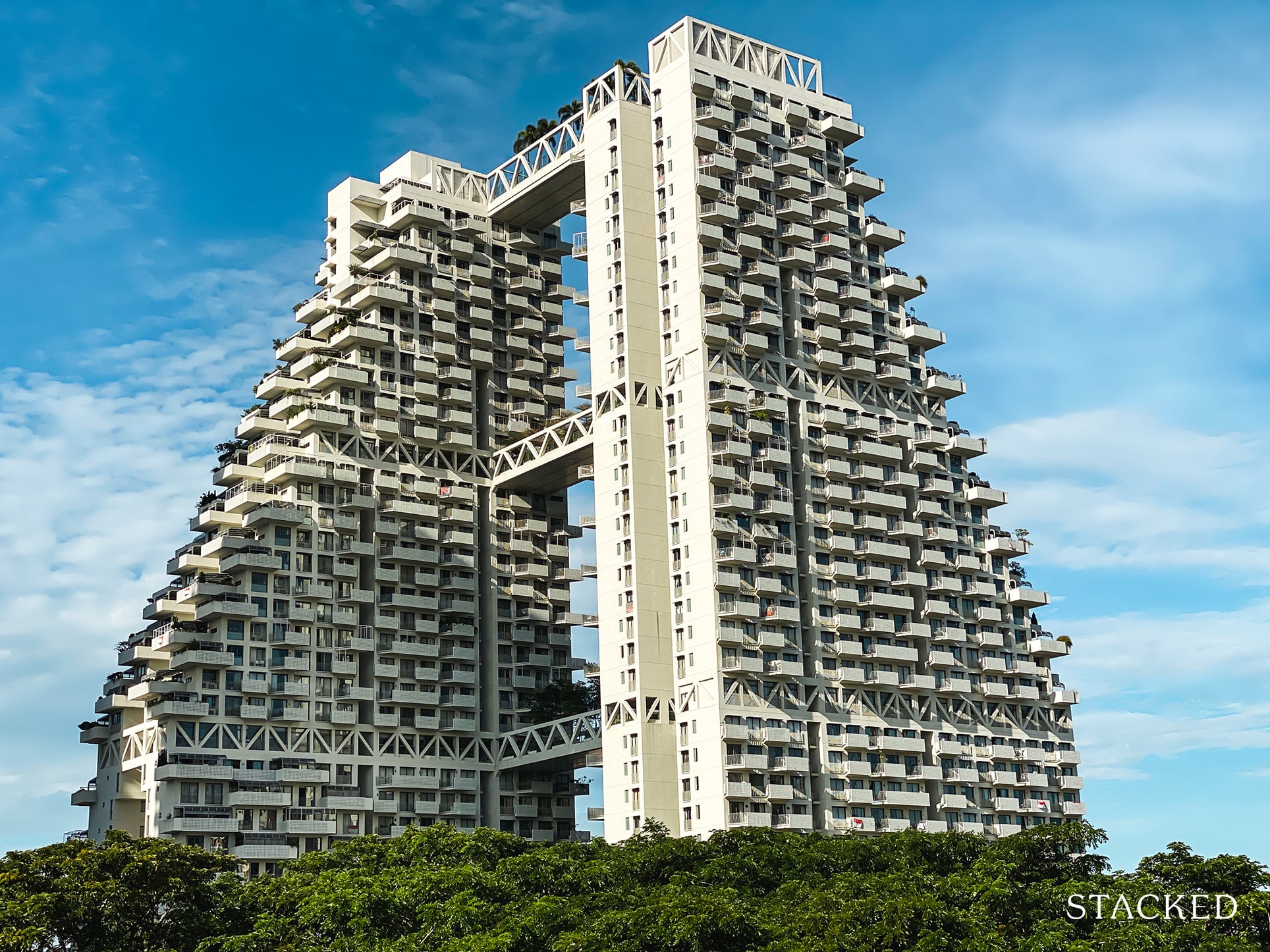
9. Sky Habitat (2015)
Sky Habitat was designed by architect Moshe Safie, who was also behind Marina Bay Sands and the Changi Jewel.
Sky Habitat is 38-storeys tall, and is the highest skyscraper in Bishan. It’s most famous for having clear views all the way to the Singapore flyer, and a bird’s eye view of MacRitchie Reservoir. The pool on the topmost floor allows residents to soak, while observing the entire city skyline.
Sky Habitat is connected via three link-bridges. These areas look almost like HDB communal areas, with landscaped areas, walkways, and places to mingle.
Due to its pedigree, Sky Habitat was one of the most expensive condos outside the central region, when it was first launched. It was one of the first times Bishan residents had seen prices reach around $2 million.
This initially caused slow sales, but a re-launch in 2014, at a lower price, proved acceptable. Today, it averages around $1,574 psf.
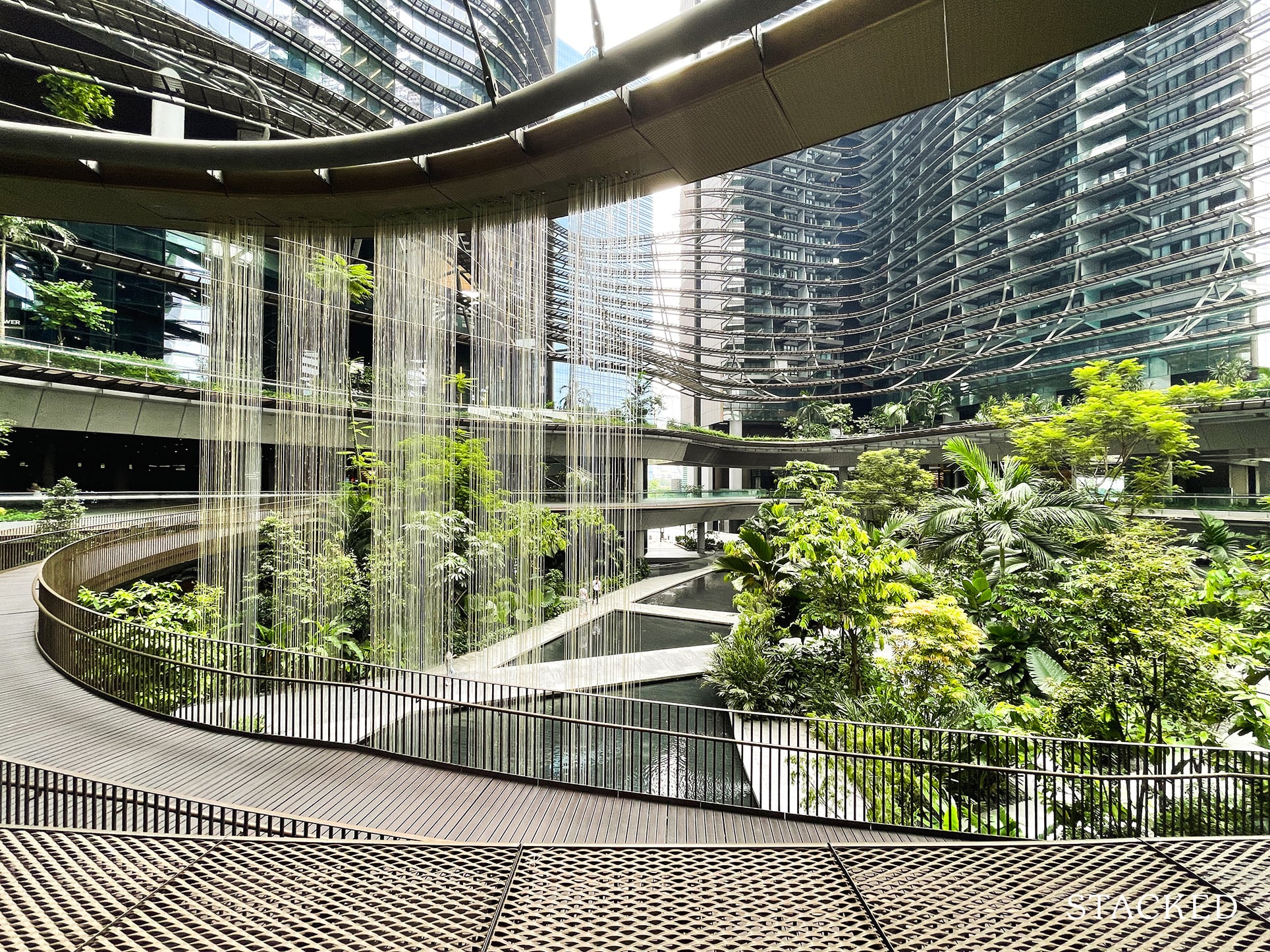
10. Marina One Residences (2017)
Designed by Ingenhoven Architects, Marina One Residences is a bold way to insert Singapore’s tropical nature into the heart of the city.
The highlight is The Green Heart – this is an area that comprises over 350 types of trees and plants, with around 700 trees. The green heart even mimics the different climate changes at each level of a rainforest. The giant waterfall is also a sustainable feature; it comes from harvested rainwater.
To date, the Green Heart is the largest public plaza in the entire CBD. As all towers have an inward-facing toward it, units can have views of the city skyline on one side, and natural greenery on the other.
That futuristic look about it has even caused a feature in the famous TV series Westworld.
We have a full review of Marina One Residences on Stacked. Prices here currently average $2,470 psf.
For more details on properties in Singapore, follow us on Stacked. We’ll also provide you with the latest reviews of new and resale homes alike.
Ryan J
A seasoned content strategist with over 17 years in the real estate and financial journalism sectors, Ryan has built a reputation for transforming complex industry jargon into accessible knowledge. With a track record of writing and editing for leading financial platforms and publications, Ryan's expertise has been recognised across various media outlets. His role as a former content editor for 99.co and a co-host for CNA 938's Open House programme underscores his commitment to providing valuable insights into the property market.Read next from Property Picks
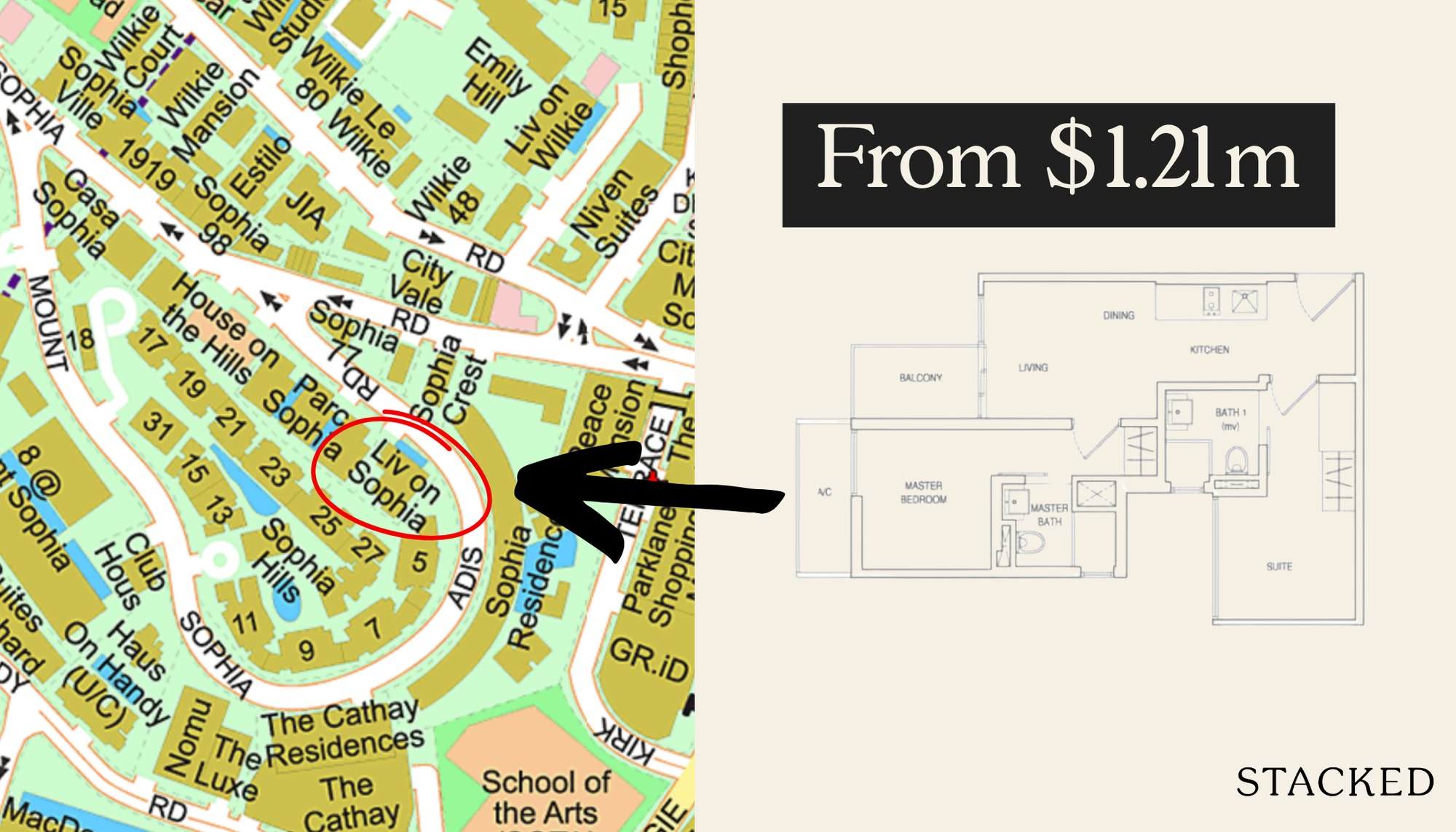
Property Picks Where To Find The Cheapest 2 Bedroom Resale Units In Central Singapore (From $1.2m)
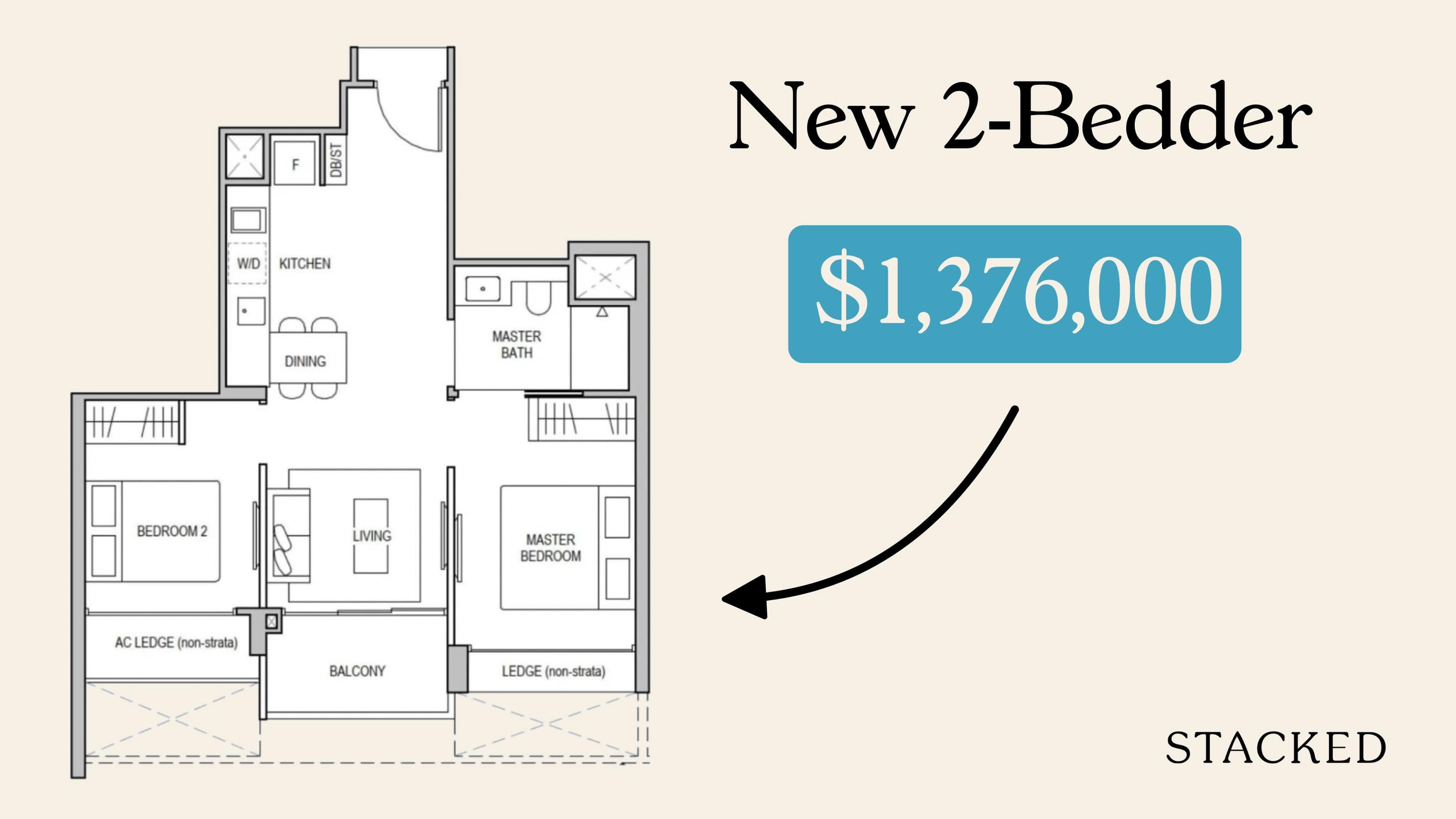
Property Picks 19 Cheaper New Launch Condos Priced At $1.5m Or Less. Here’s Where To Look
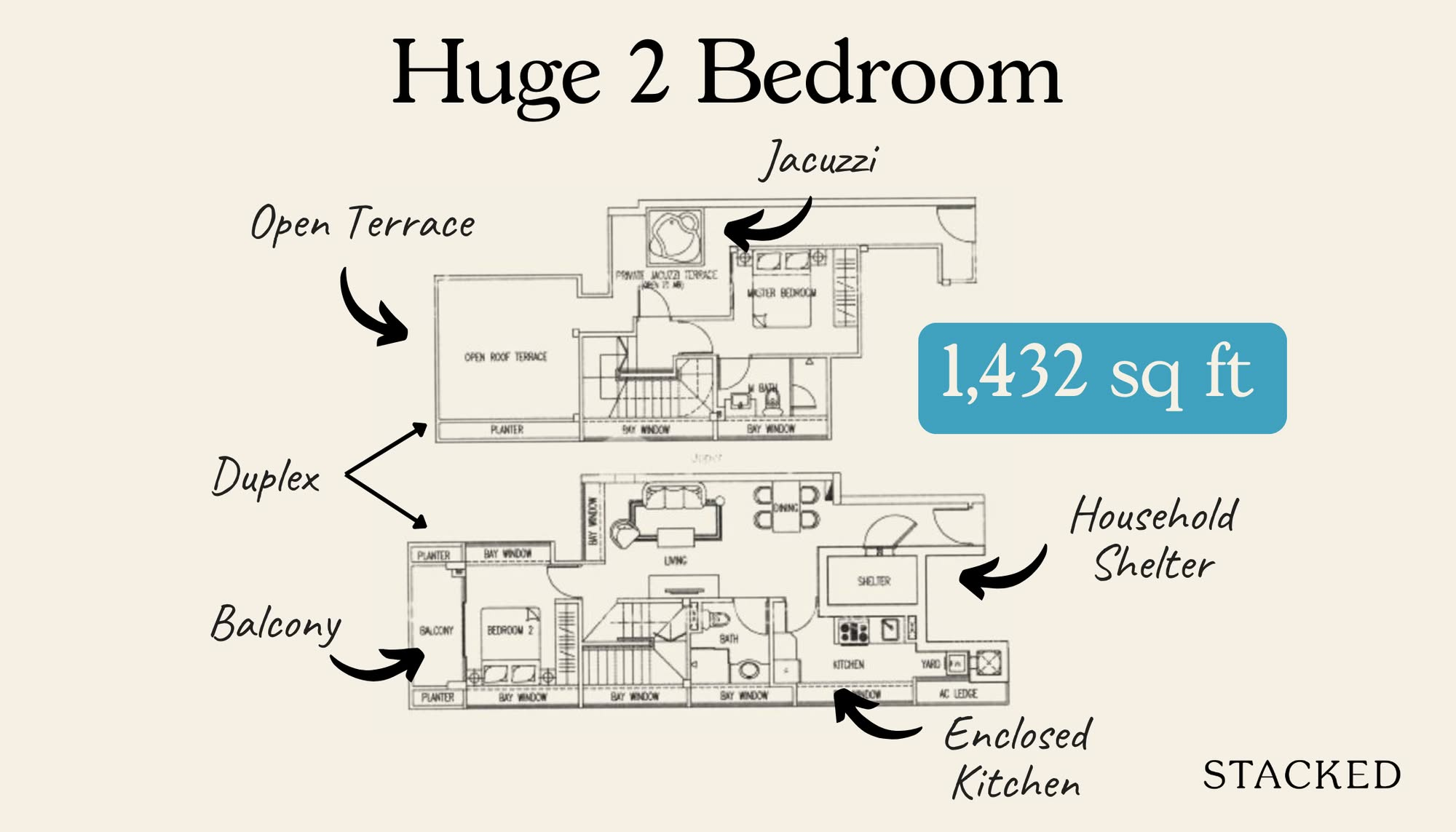
Property Picks Here’s Where You Can Find The Biggest Two-Bedder Condos Under $1.8 Million In 2025
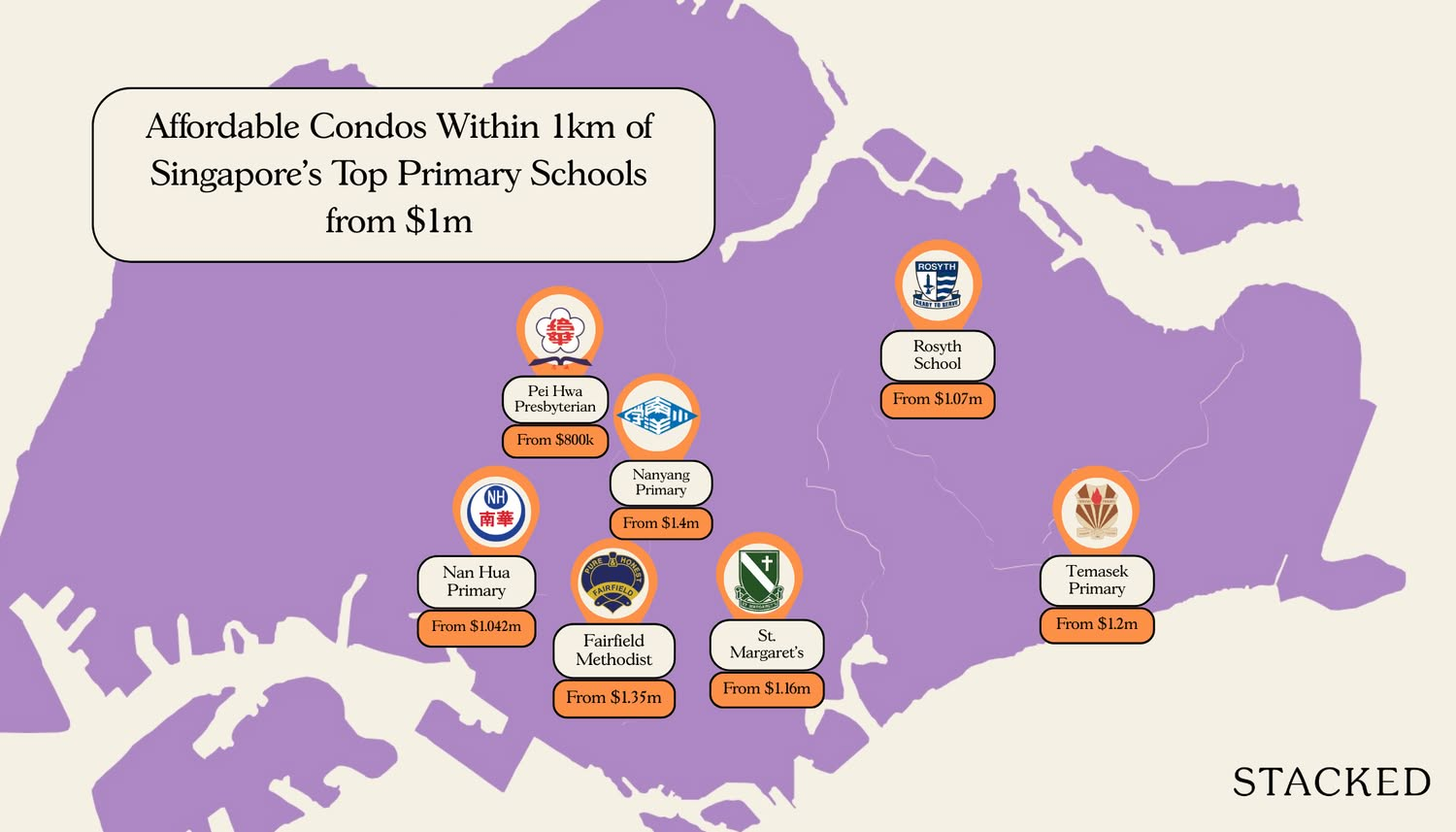
Property Picks The Cheapest 2 And 3-Bedder Condos Within 1km Of Top Primary Schools—From Just $1 Million (Part 2)
Latest Posts
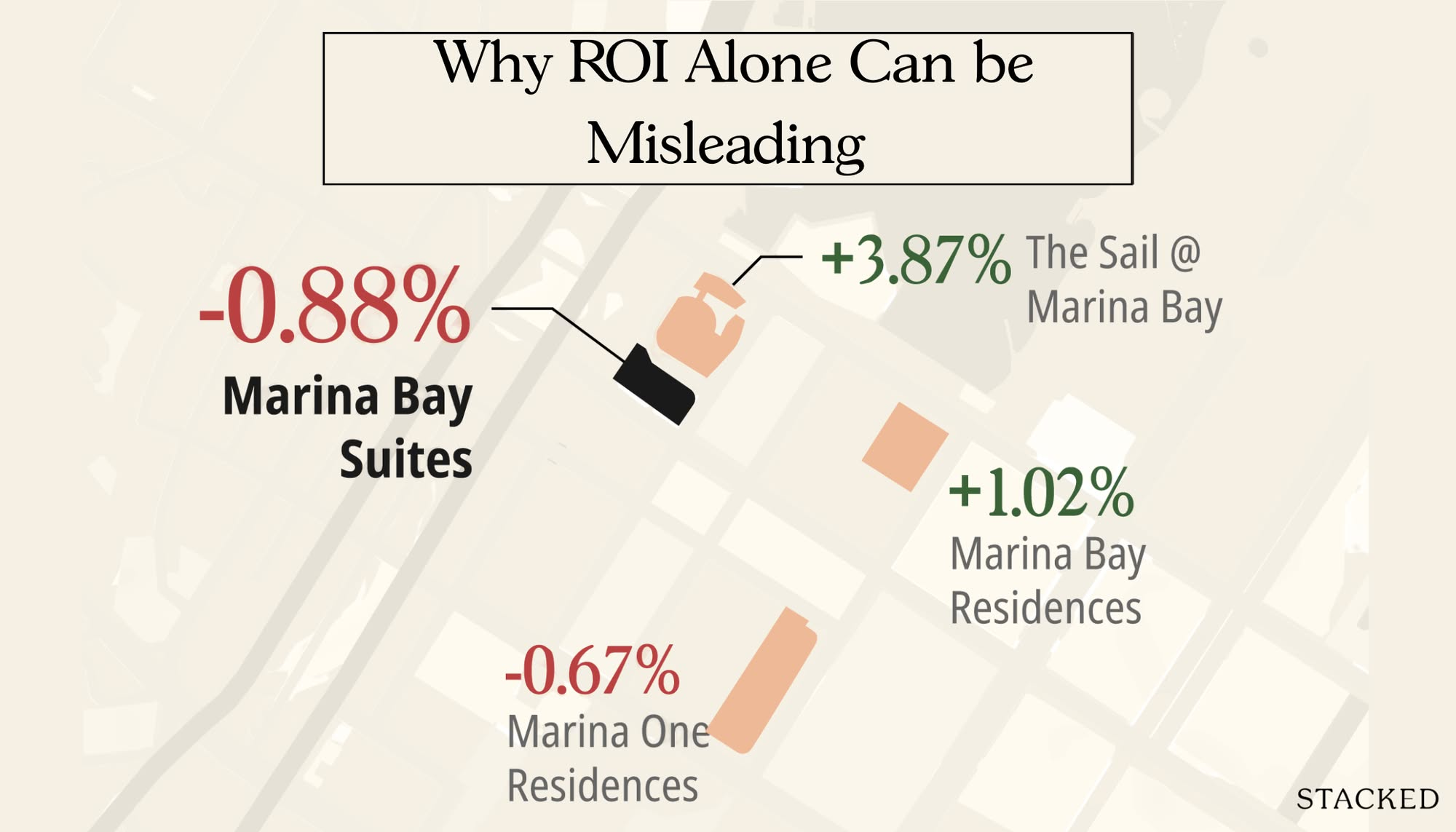
Pro Why Marina Bay Suites May Look Like a Poor Performer—But Its 4-Bedroom Units Tell a Different Story
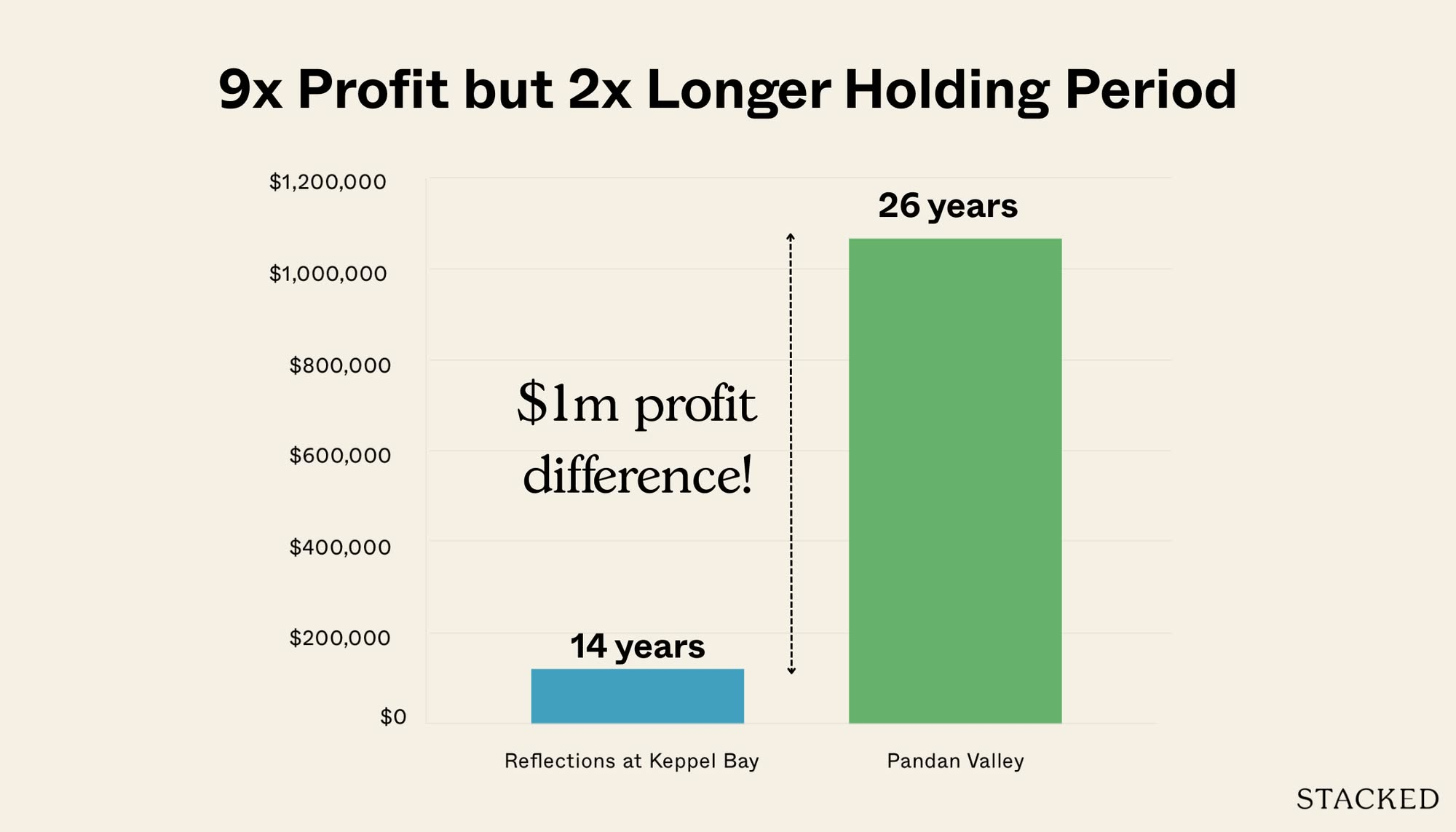
Property Investment Insights The Truth Behind Property Returns: Why Headline Gains Don’t Tell The Full Story
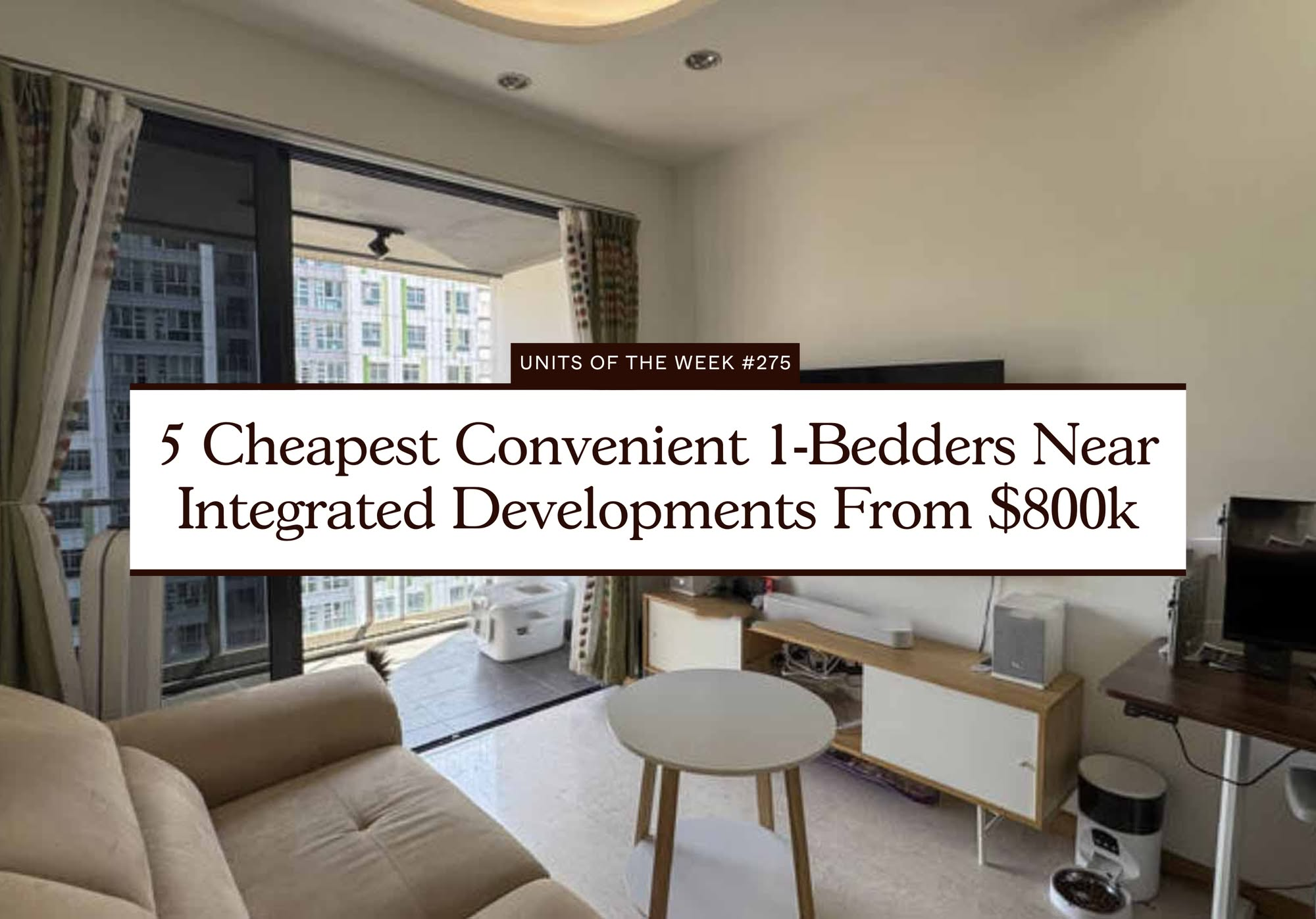
On The Market 5 Cheapest Convenient 1-Bedders Near Integrated Developments From $800k

Property Advice Why I Had Second Thoughts After Buying My Dream Home In Singapore
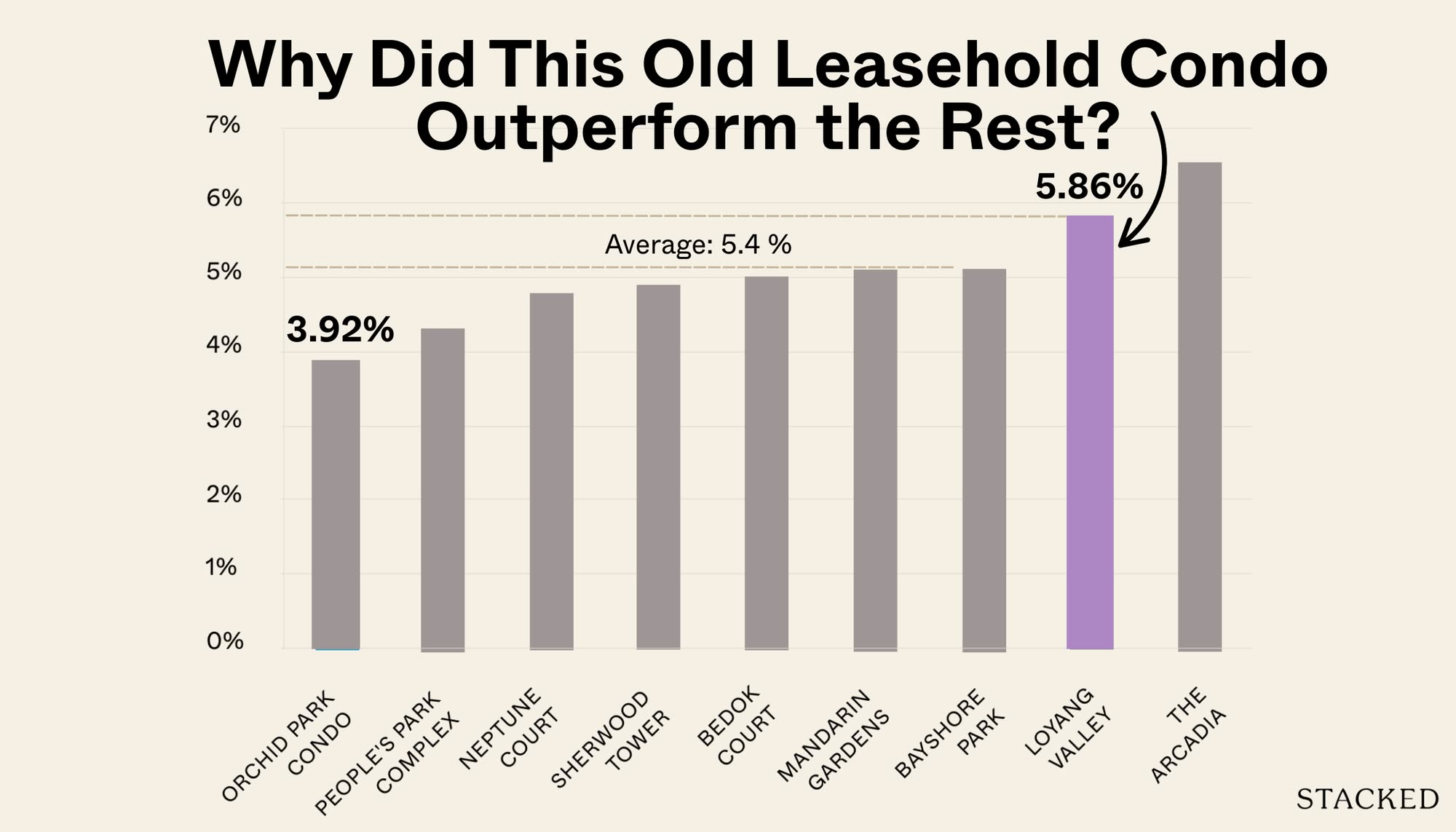
Pro Why This 40-Year-Old Leasehold Condo Beat Newer Developments: A Case Study Of Loyang Valley
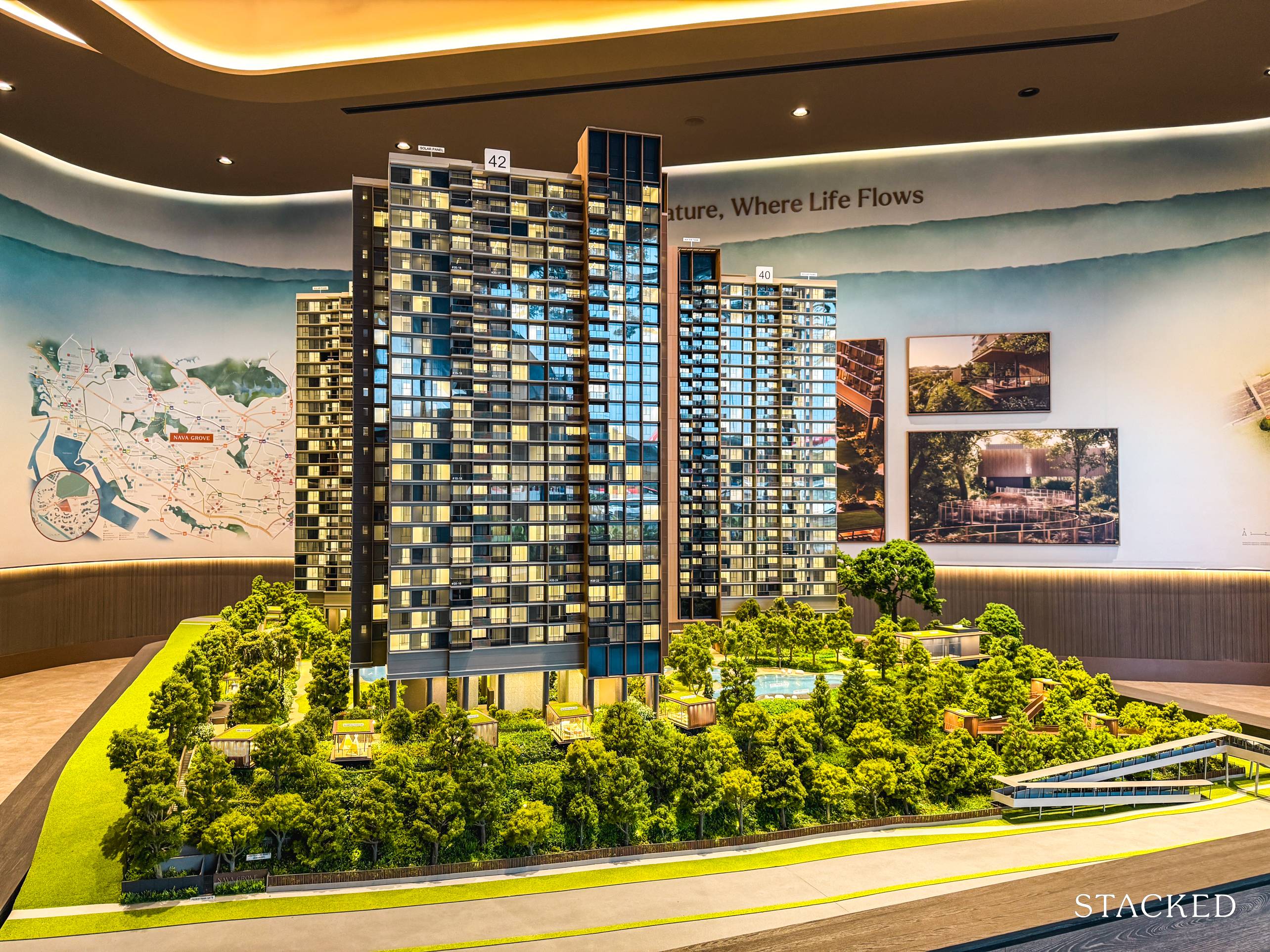
Editor's Pick 50 New Launch Condos With Balance Units Remaining In 2025 (From $1,440 PSF)

Editor's Pick Is Arina East Residences Worth A Look? A Detailed Pricing Review Against District 15 Alternatives

Singapore Property News This West-Side GLS Plot Just Got A $608M Bid And 6 Bidders: Why Lakeside Drive Bucked The Trend
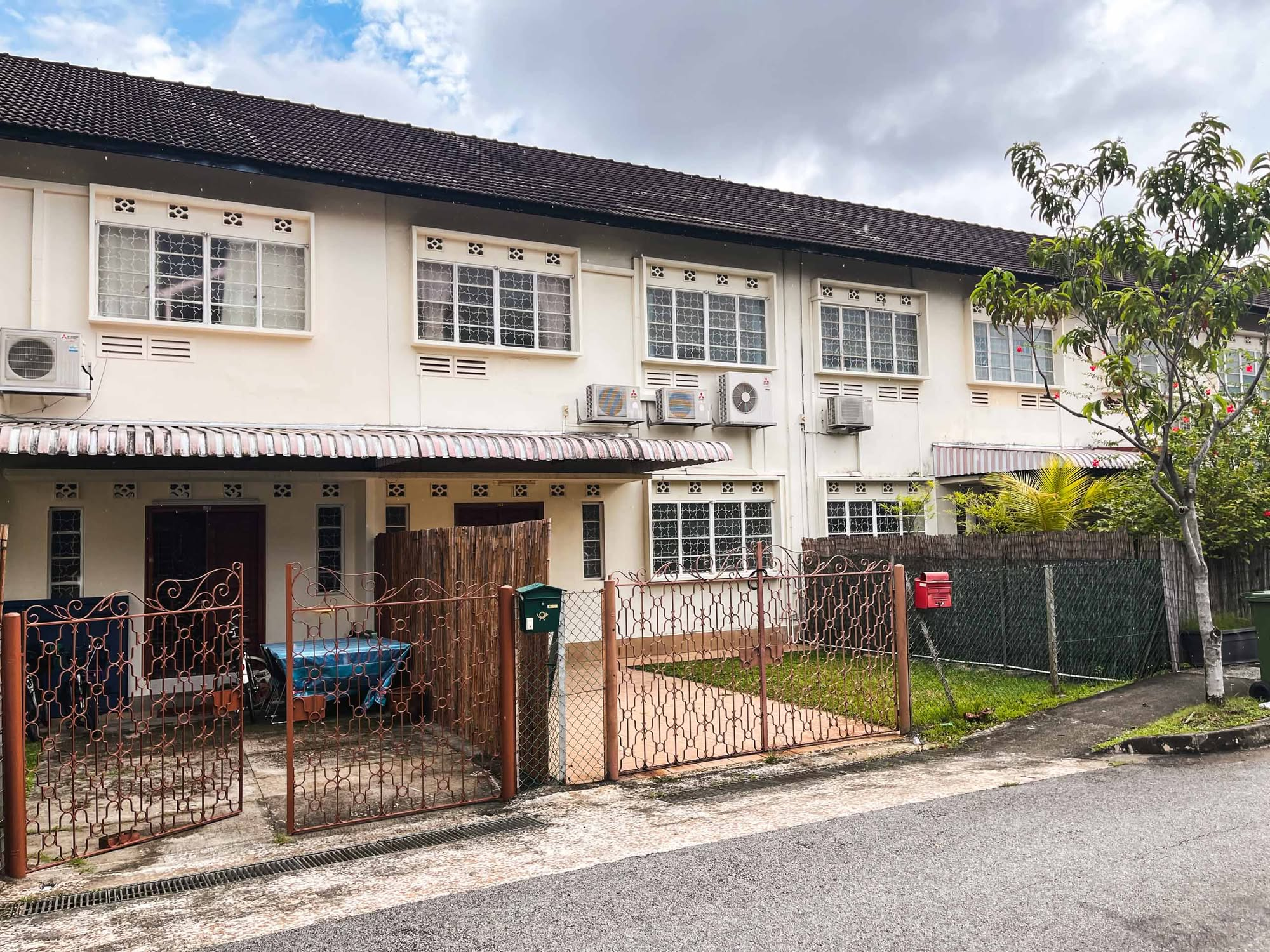
Editor's Pick Touring A Rare Stretch of Original 2-Storey Freehold Terrace Homes At Joo Chiat Place From $3.02m

Singapore Property News The 1KM Primary School Rule In Singapore: Fair Game Or Property Power Play?
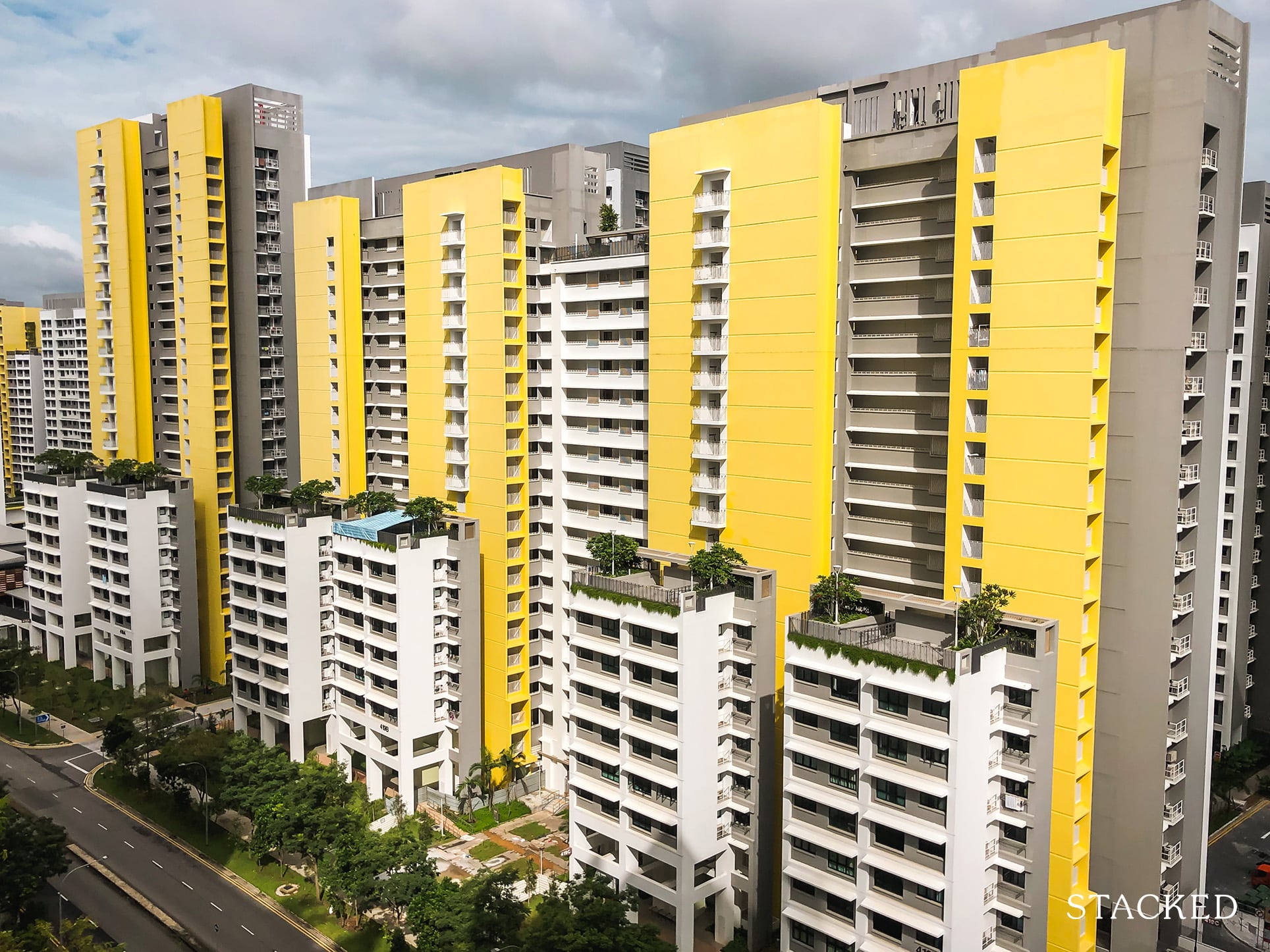
Singapore Property News 1,765 Punggol Northshore HDB Flats Reaching MOP: Should You Sell Quickly or Wait?
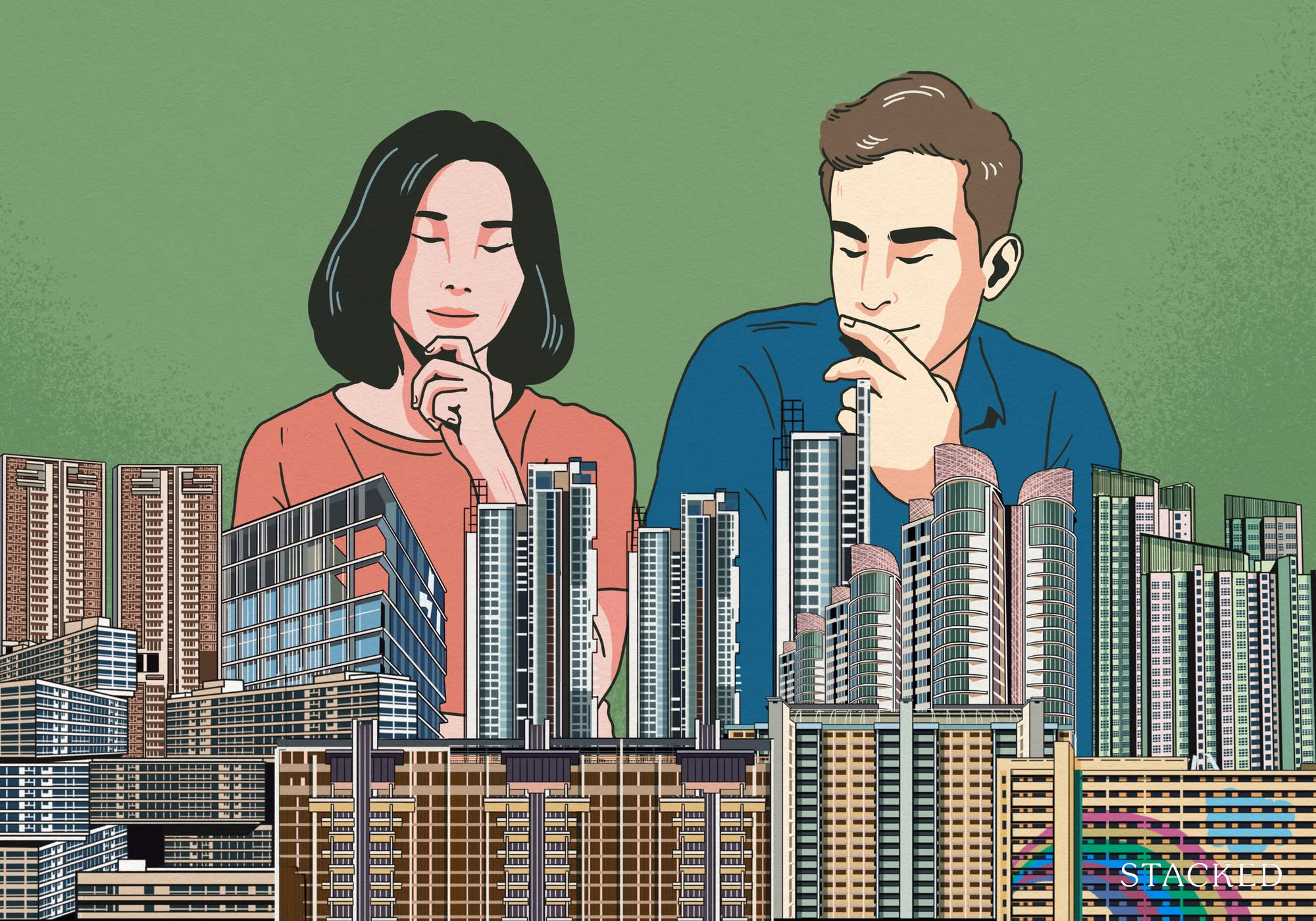
Editor's Pick Love Without A BTO Flat: The Tough Housing Choices Facing Mixed-Nationality Couples In Singapore
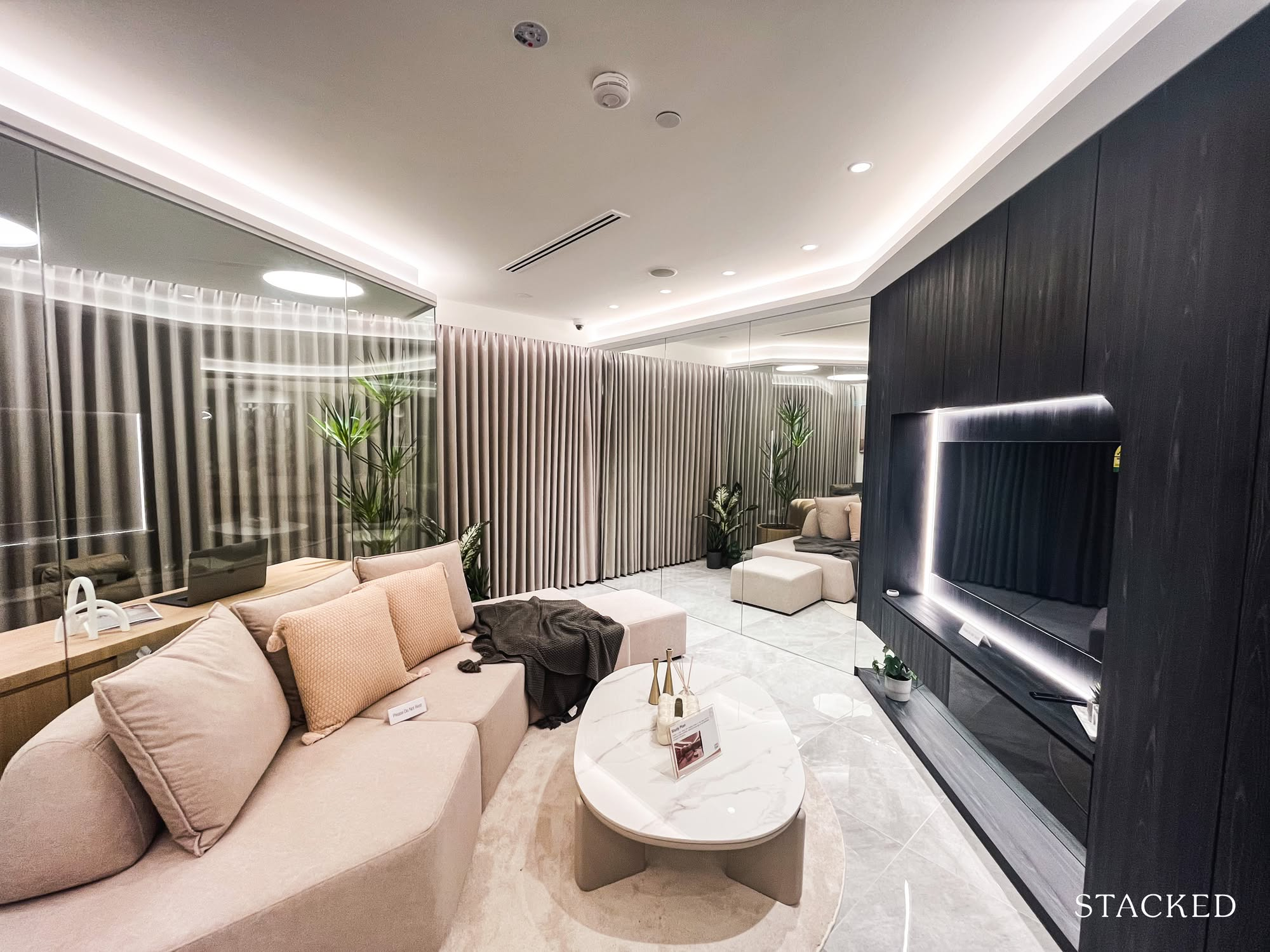
Property Market Commentary I Reviewed HDB’s Showroom For 4 And 5-Room Flats. Here’s What Future Homeowners Should Know
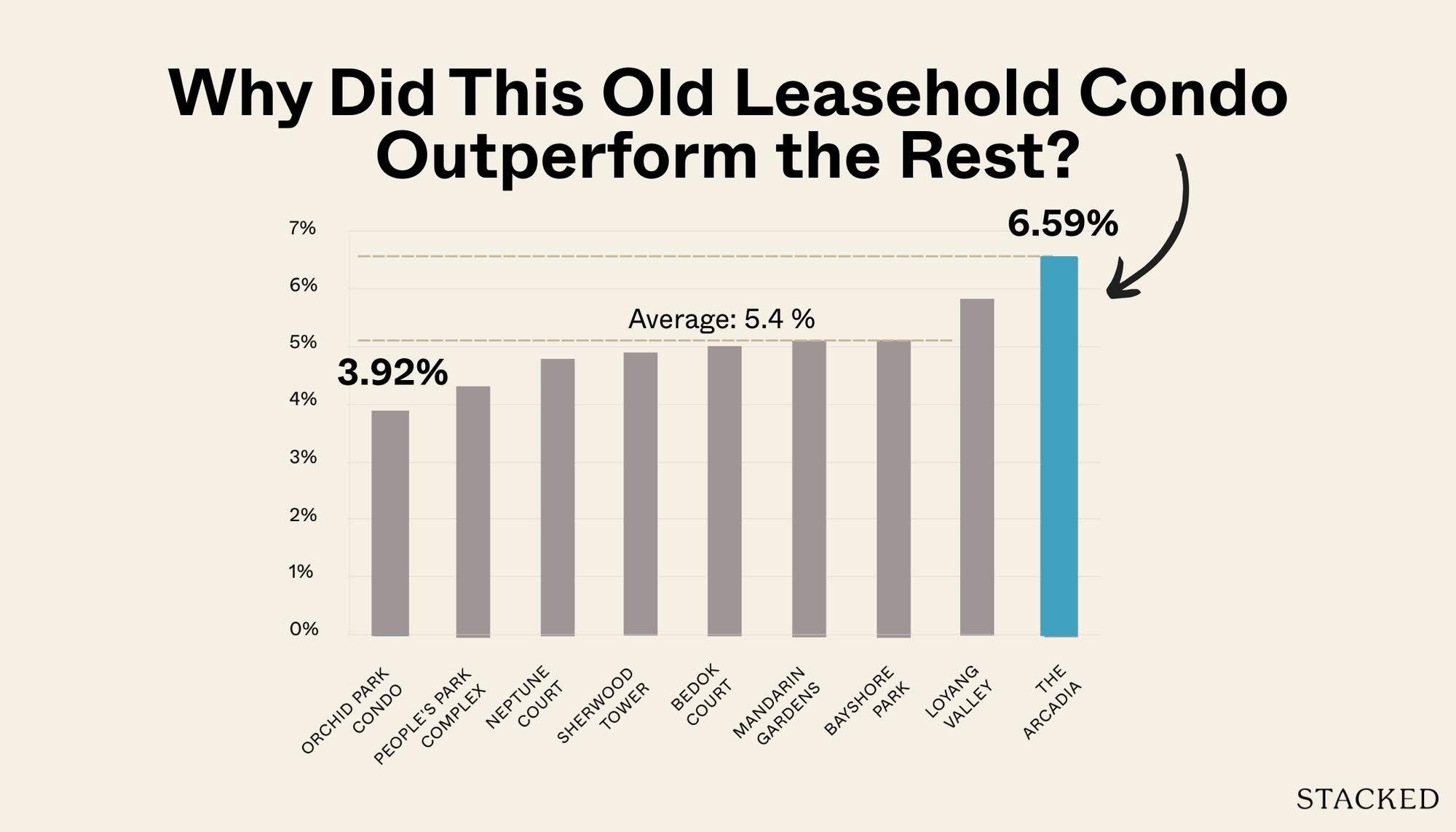
Pro Can 30+ Year-Old Leasehold Condos Still Perform? The Arcadia’s Surprising Case Study
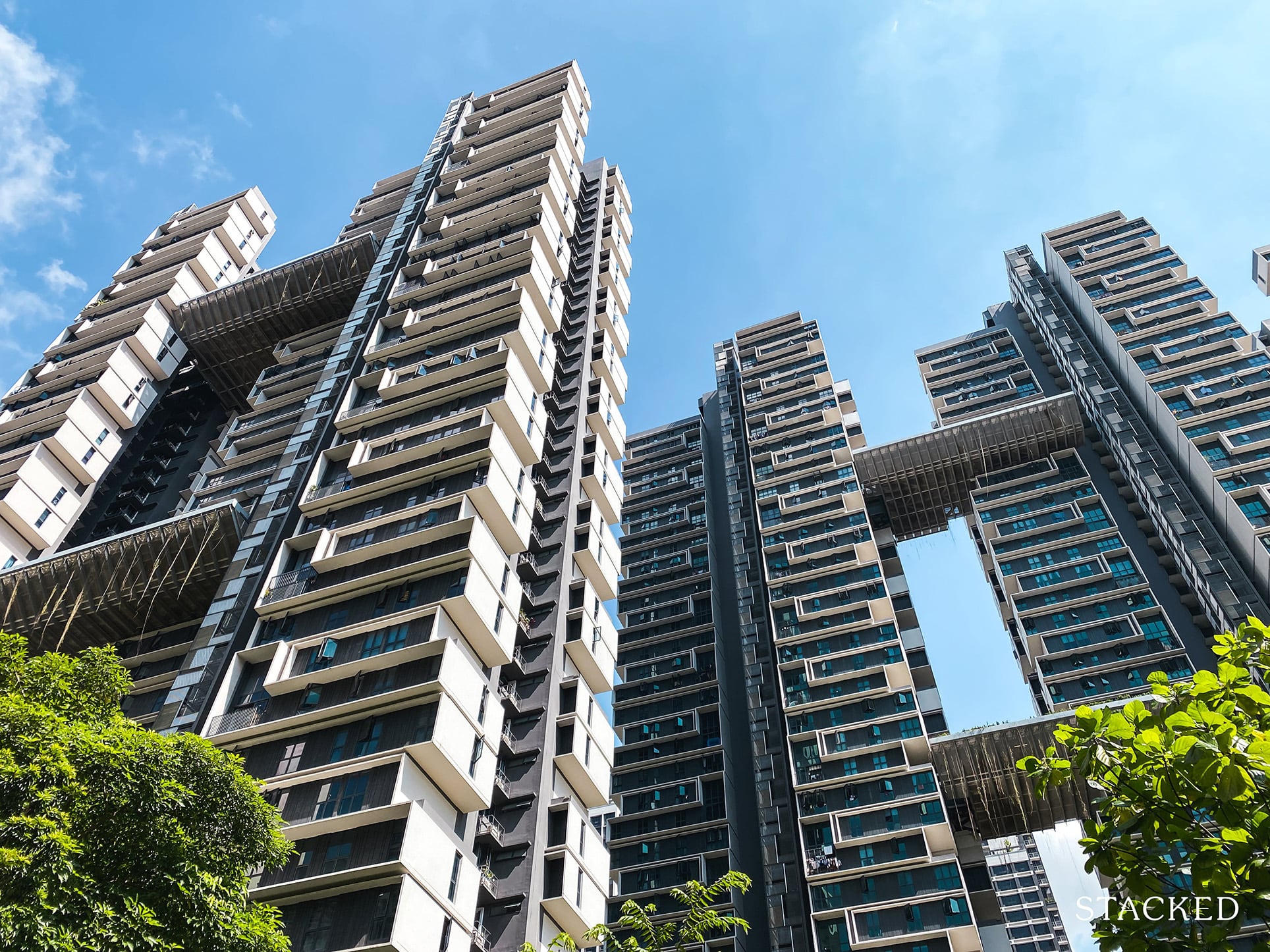
Singapore Property News $1.658 Million For 5-Room HDB Loft In Queenstown Sets New Record
